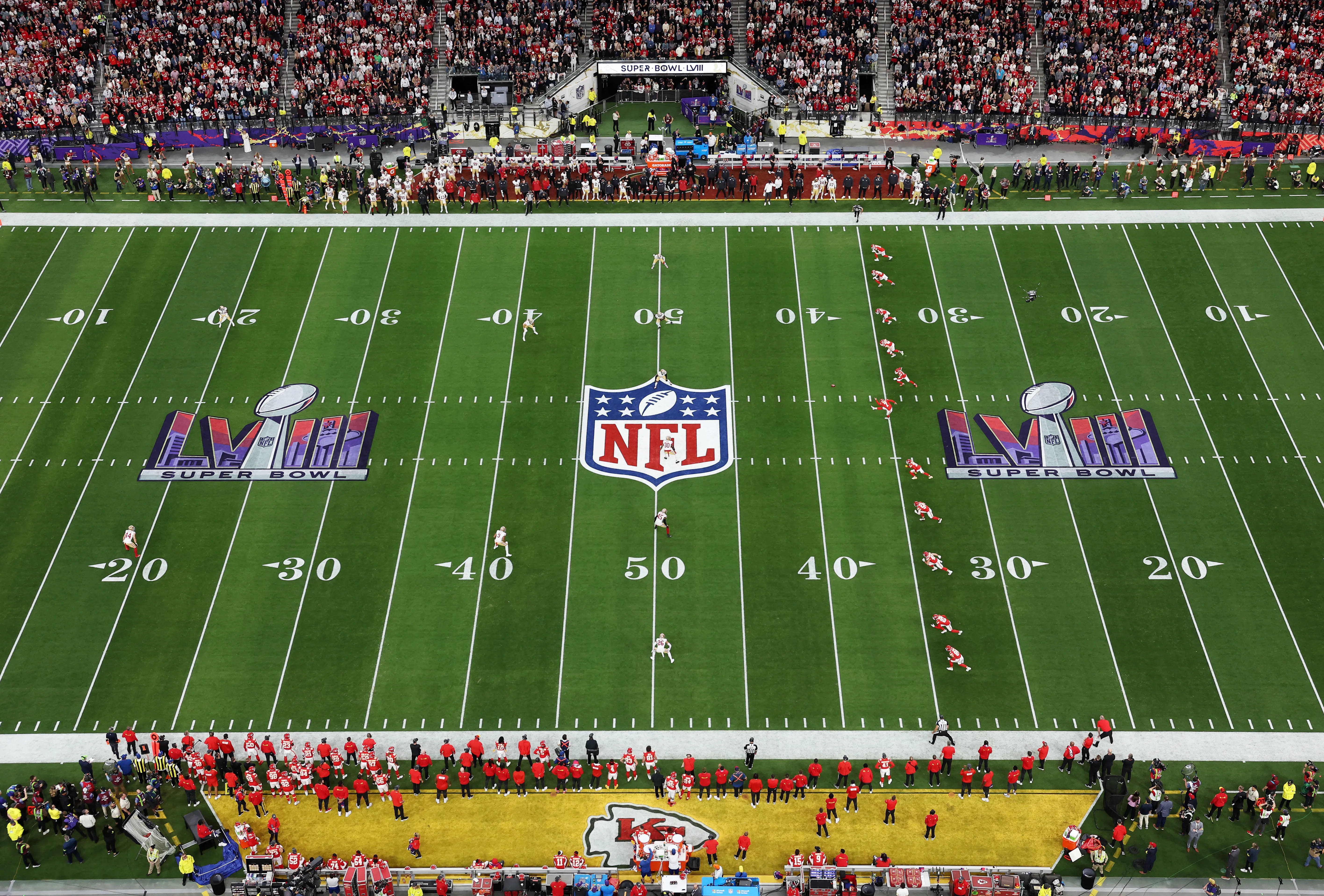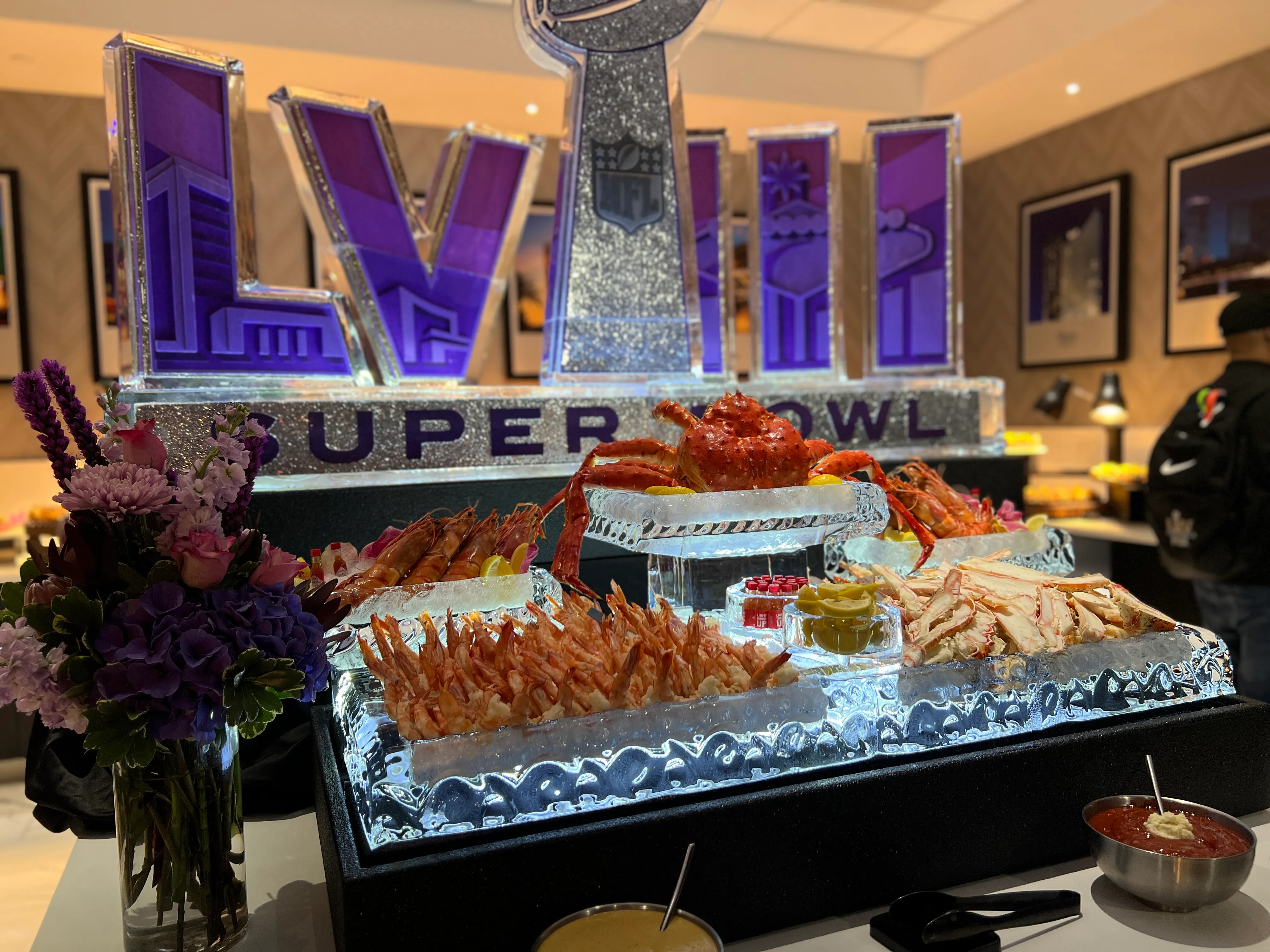The Sixers create a new Big Three and also pick a tough, sweet-shooting guard in our first-round mock draft.
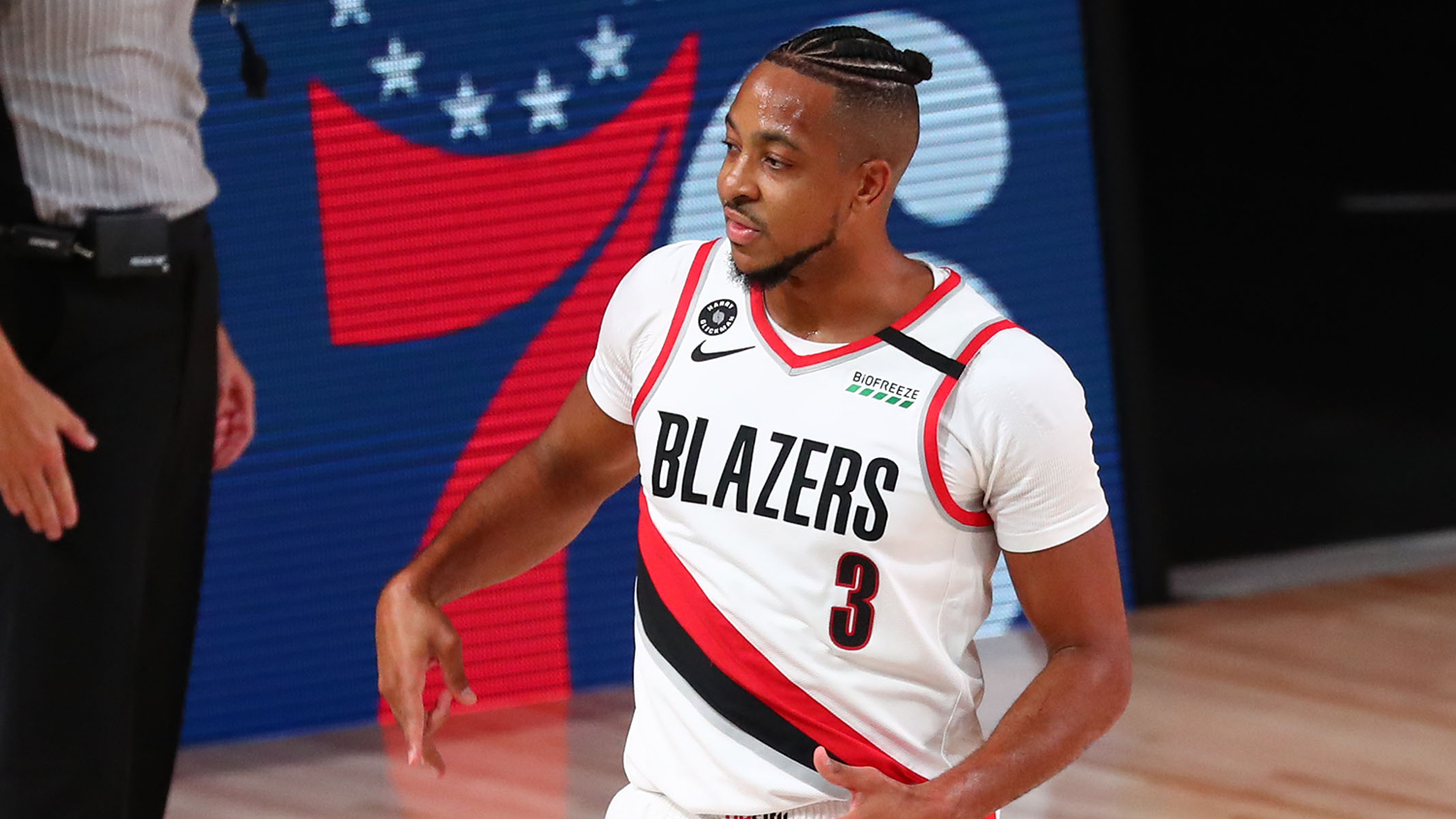
Daryl Morey swung two big trades on draft night last year, but this year he’s really going for it. Before we get to the rest of the mock draft, here’s the deal that will give the Sixers a new Big Three:
Sixers send Ben Simmons to Portland for CJ McCollum and Nassir Little.
This assumes that Portland can convince Damian Lillard that a partnership with Simmons gives the Blazers a realistic path to contention in the Western Conference. If the Simmons-Lillard combination doesn’t work, the Blazers could still trade Lillard and rebuild around Simmons and the trade return for Lillard.
While a lot of Sixers fans have their hearts set on Lillard, a straight-up swap of Simmons for McCollum allows the Sixers to keep both Tyrese Maxey and Matisse Thybulle in the fold while adding an elite offensive guard. McCollum averaged 23.1 points per game last season and shot 40.2 percent from three-point range on 8.9 attempts per game, offering a seamless offensive fit with Joel Embiid and Tobias Harris. You could start Maxey alongside McCollum in the backcourt and bring Seth Curry off the bench as an instant-offense sixth man, or start McCollum and Curry together in what would admittedly be a defensively challenged backcourt.
Milwaukee just won a title with one true superstar in Giannis Antetokounmpo and two excellent players around him in Khris Middleton and Jrue Holiday. The Sixers would be trying to follow a similar blueprint here with McCollum and Tobias Harris around Joel Embiid.
Little hasn’t done much in his two seasons in Portland, but he’s a former first-round pick who is just 21 years old and offers the potential for growth as an athletic 6-foot-5 wing who might be able to grow into a two-way rotation player down the road.
On to the mock!
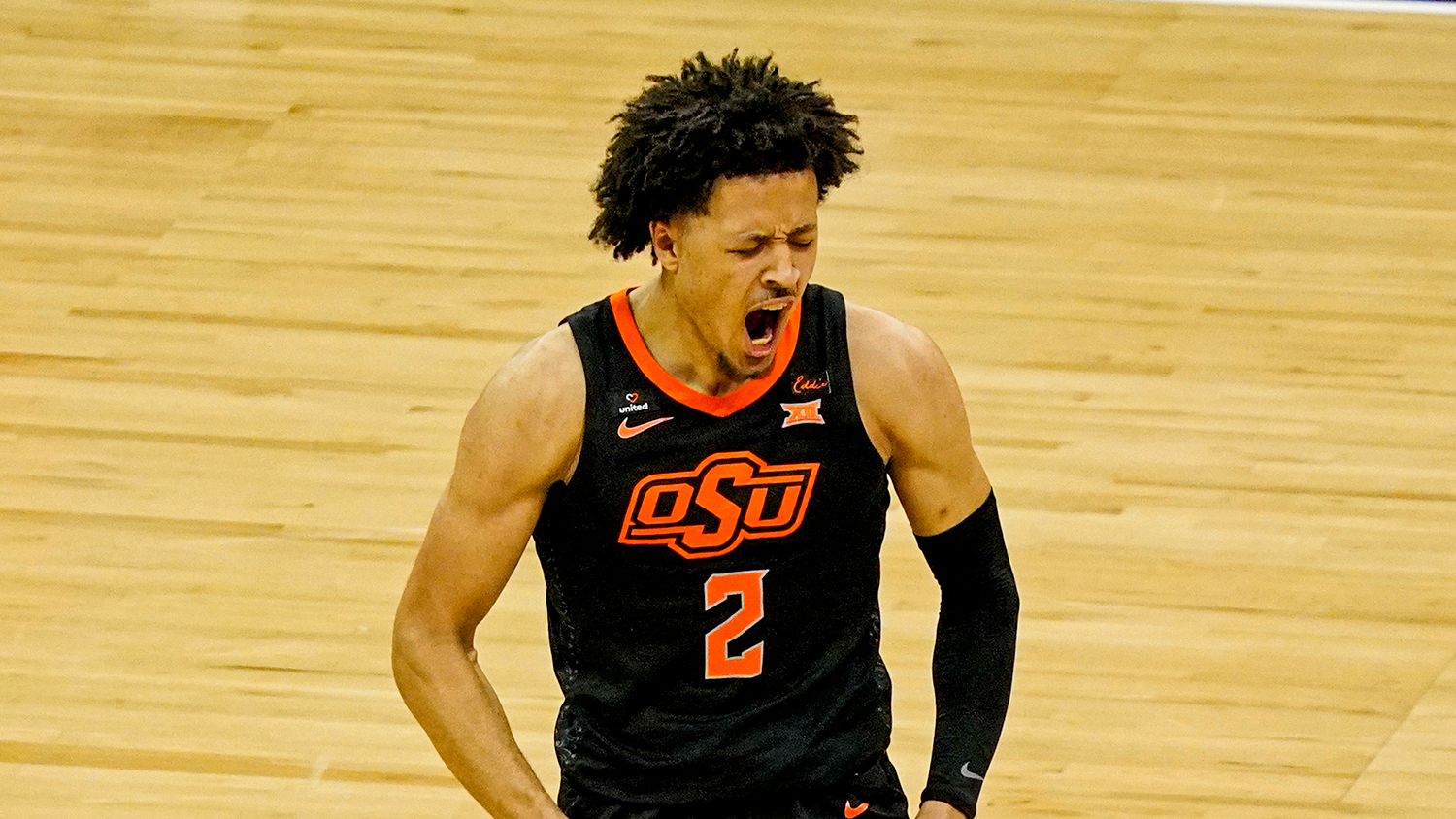
When you get the No. 1 pick, you hope and pray there’s a franchise player available. There are four players who potentially fit that description this year, making this an intriguing decision for Detroit. The pick here is Cunningham, who has Luka Doncic-like upside as a 6-foot-8 lead guard and three-level scorer. In his lone season at Oklahoma State, Cunningham averaged 20.1 points per game and shot 40 percent from the three-point line while being the focus of every opposing defense. But the numbers are only part of the story. He also showed an advanced basketball IQ on both ends of the floor and the propensity to deliver in clutch moments. The Pistons have some nice young pieces already in place, and now they have their future superstar.
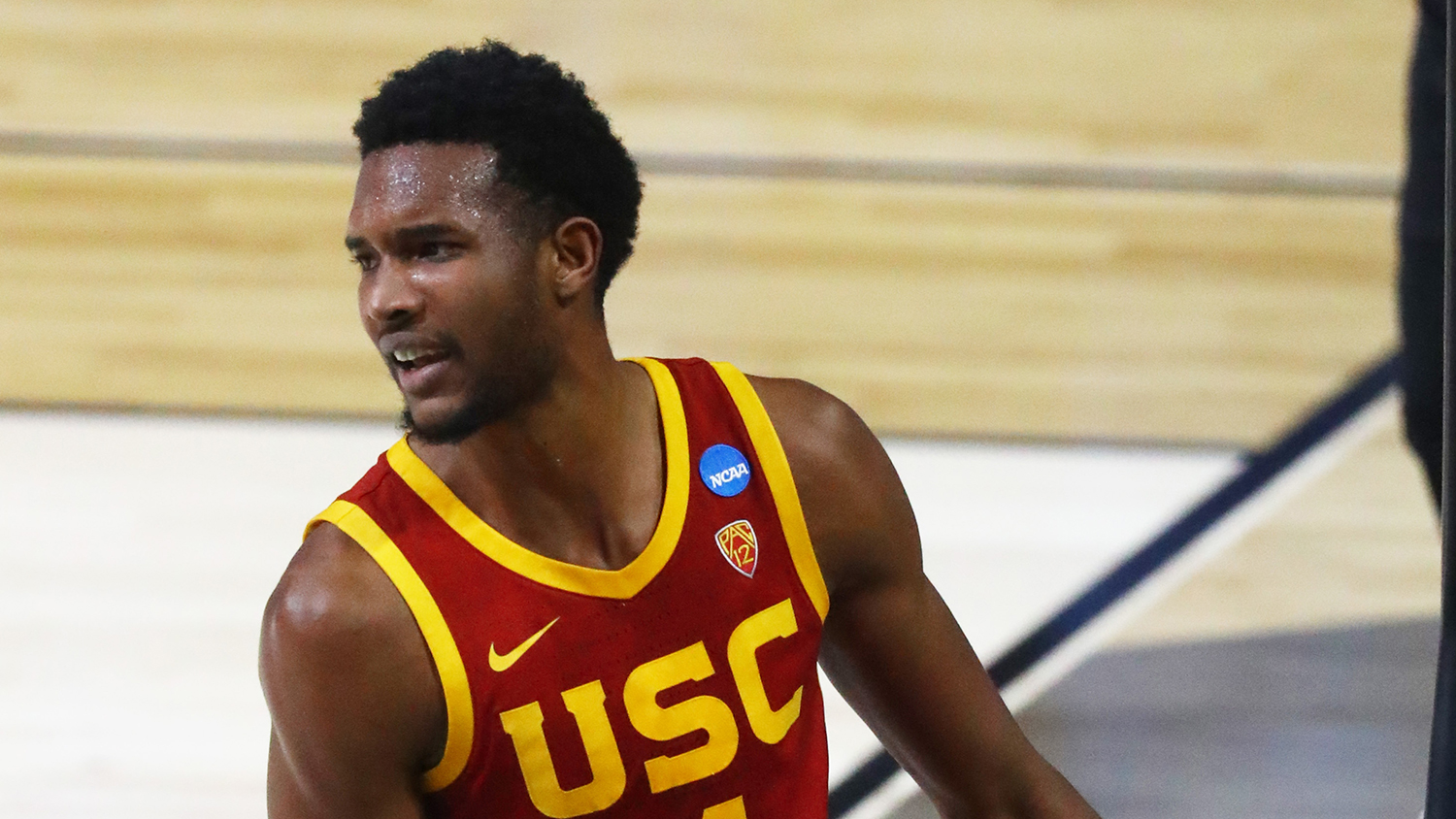
In many other drafts, Mobley would be a slam-dunk No. 1 overall pick. He’s a legitimate 7-footer who combines rare fluidity and skill level for a player of his height. Offensively, he has an unusual feel for the game and can pick defenses apart with his passing ability or by using his quickness to get to the basket.
He might be even better defensively. One of my favorite stats in researching for the draft is that Mobley blocked 95 shots and only committed 58 fouls in his freshman season. Mobley is what Kevin Garnett might have looked like had KG played college basketball. The potential is there for dominance on both ends of the floor. He’s more of a 7-foot power forward than a center and I’m not worried about the fit alongside Christian Wood.
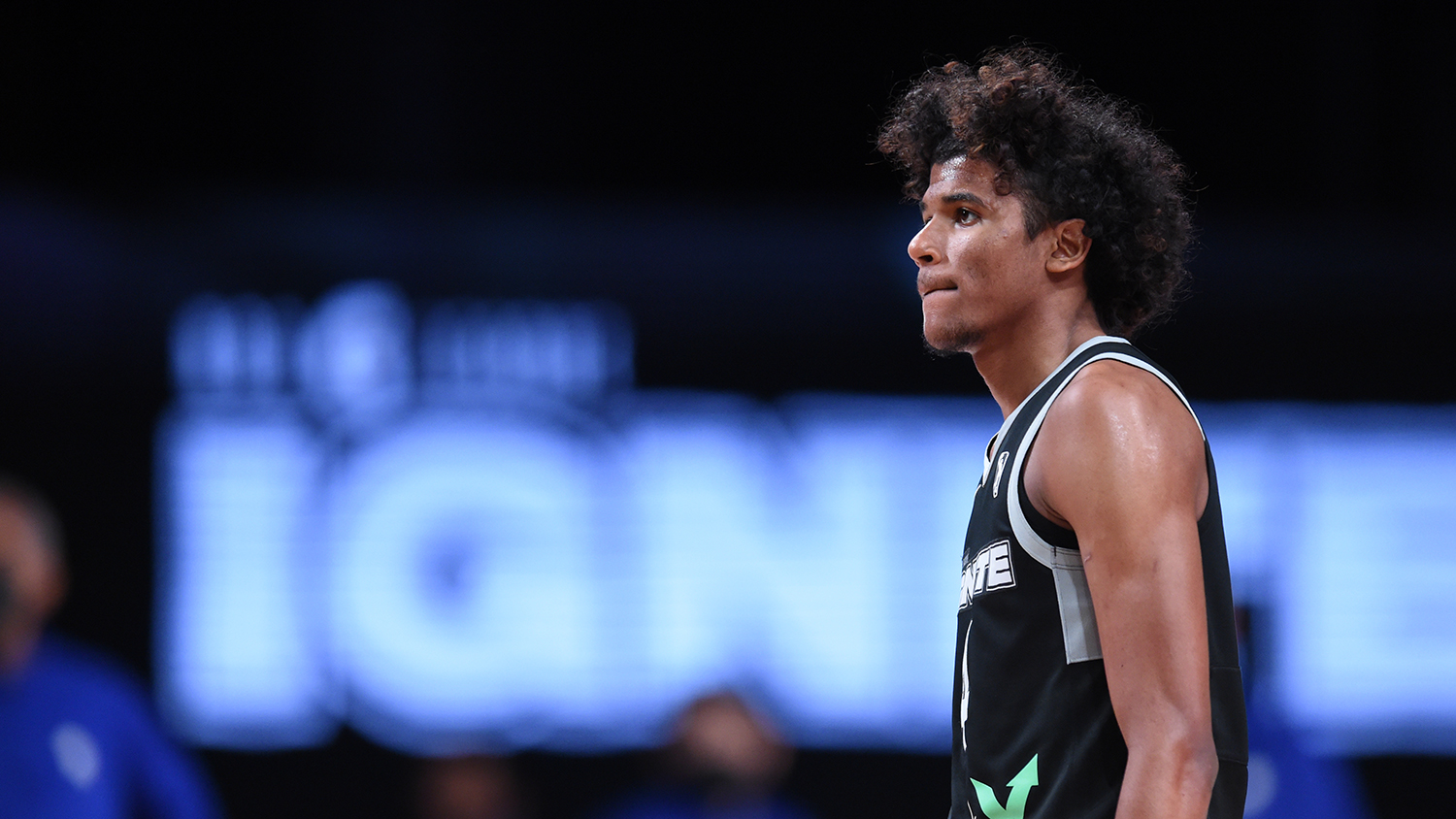
Unlike the first two players in our mock draft, Green didn’t have the college basketball spotlight on him last season, choosing to play in the G League instead. Green’s top-shelf athleticism shows up immediately when you watch his highlights. He’s a 6-foot-6 pure scorer who shows off a smooth jumper, first-step quickness, pump fakes and crazy leaping ability. It’s a bag of tricks that any young guard would envy. He’s going to average 20-plus points in the NBA sooner rather than later. The Cavs can move on from Collin Sexton and build around a Darius Garland-Jalen Green backcourt that’s a better fit.
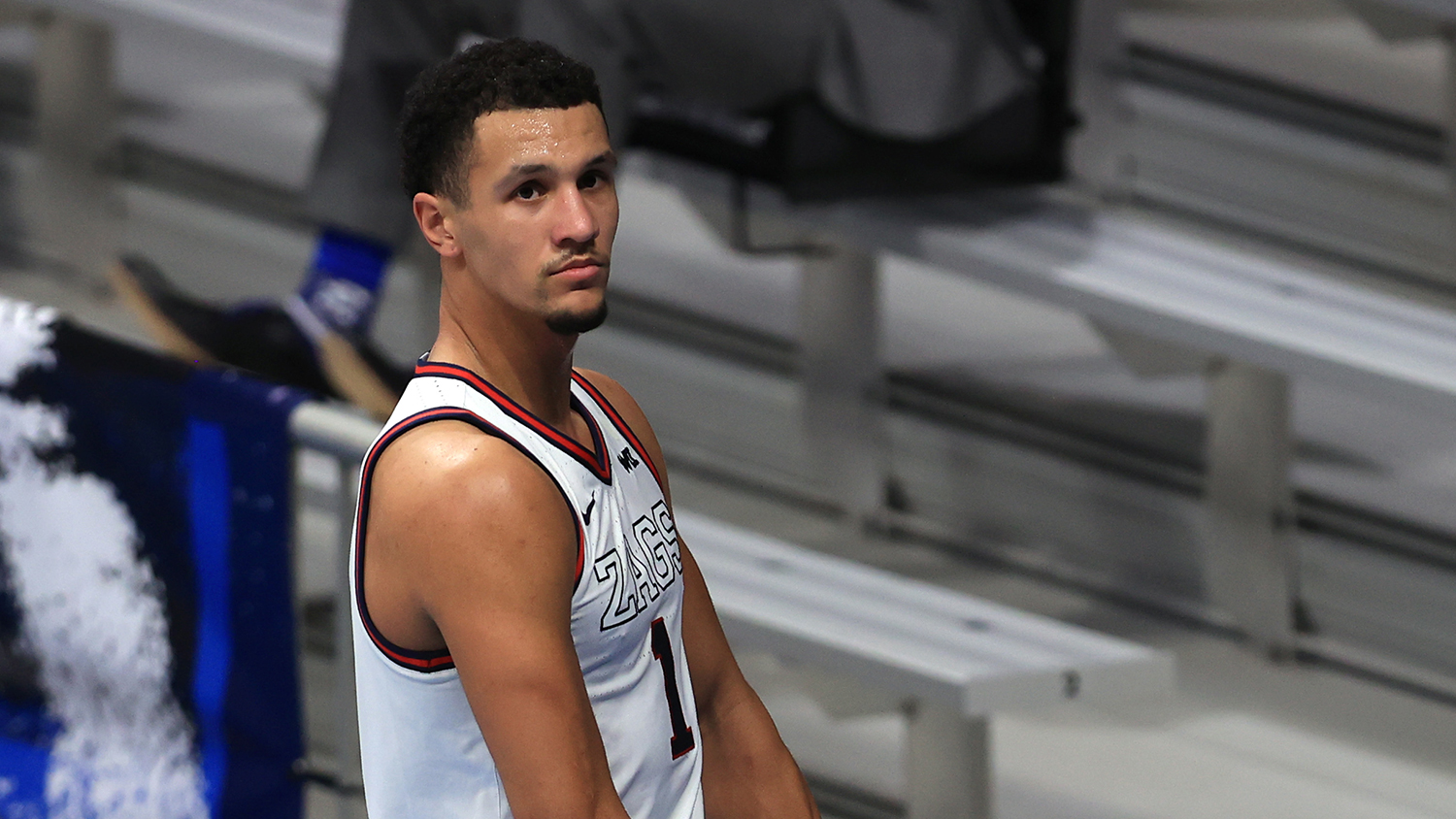
Gonzaga was loaded last season but make no mistake, Suggs was the straw that stirred the drink in Spokane. Anyone who watched the Zags’ classic Final Four win over UCLA remembers Suggs’ sequence late in regulation when he blocked a shot, corralled the loose ball and unleashed a length-of-the-court bounce pass for a dunk that helped send the game to overtime. In the extra session, he won the game with a three-pointer at the buzzer.
At 6-foot-4 and 205 pounds, Suggs is built like a young Jason Kidd and is a gifted playmaker who knows how to run a team and pick his spots to take over games.
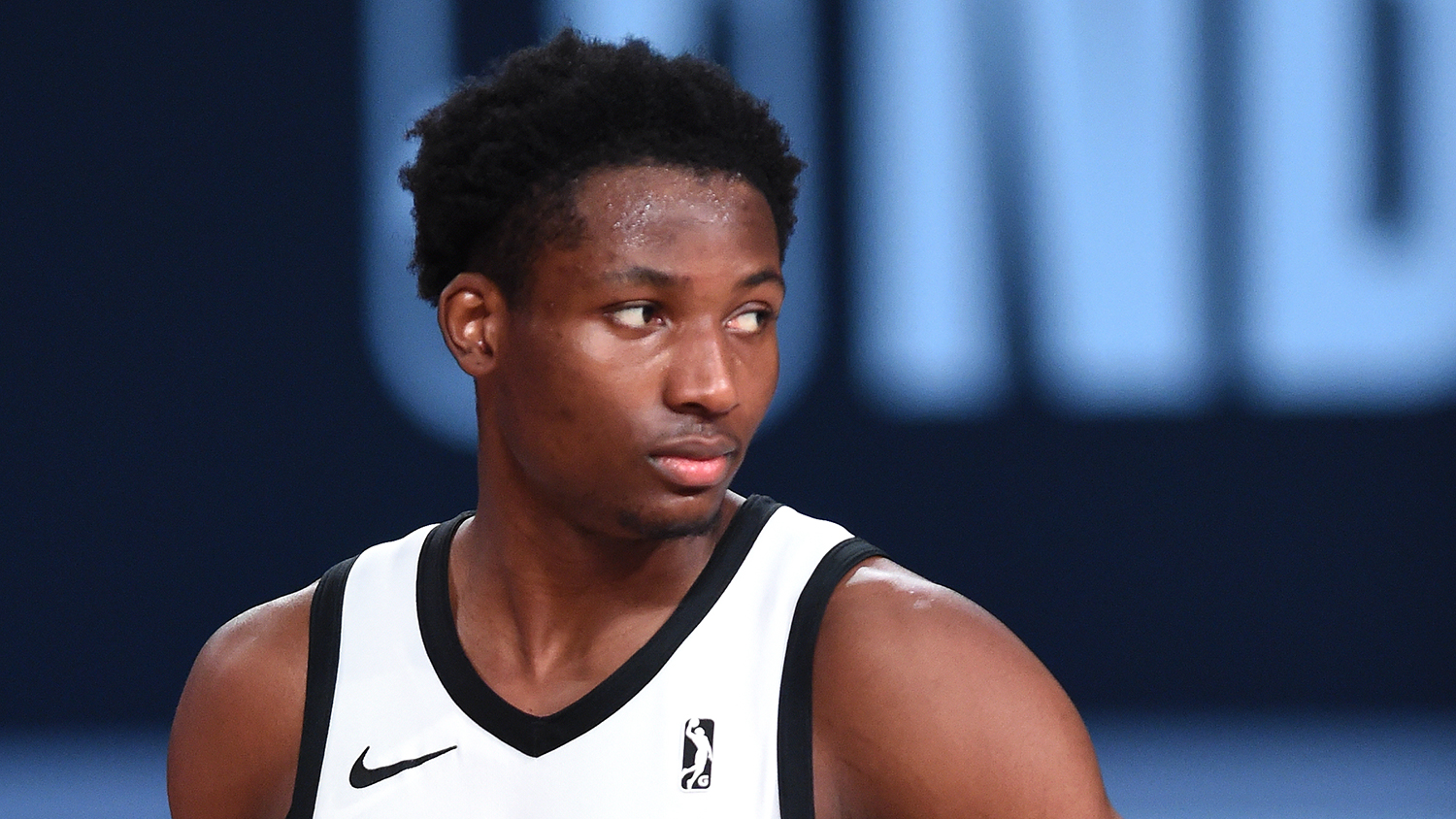
The Magic initiated a long rebuild by dealing Aaron Gordon and Nikola Vucevic at last season’s trade deadline, and now is the time to start building a new foundation. An athletic, 6-foot-6 wing, Kuminga was a consensus top-five prospect in his high school class and showed enormous potential with G-League Ignite. He can blow by his defender, dribble into floaters and pull-up jumpers and flashes impressive passing instincts.
He averaged 15.8 points in the G League but shot just 38.7 percent from the floor and 24.6 percent from three-point range. Kuminga is a bit of a project but his upside is higher than anyone on Orlando’s roster. The Magic have time to let him develop.
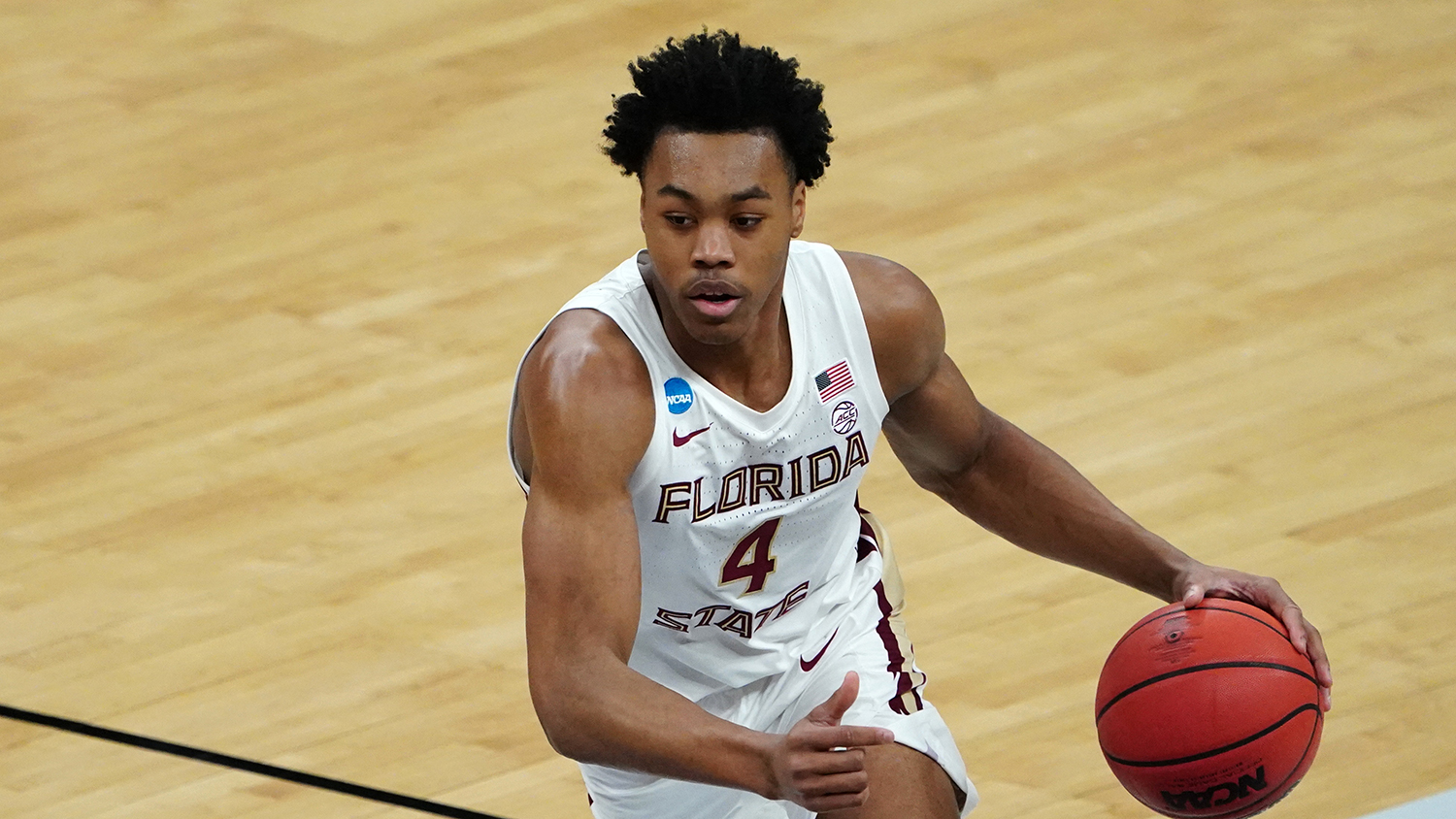
It’s my opinion that Sam Presti should cash in some of his bounty of draft picks to move into the top four of this draft and get a star to pair with Shai Gilgeous-Alexander. If the Thunder stay at No. 6, Barnes is a tantalizing fallback option. At 6-foot-7 and 225 pounds, he’s a huge ball handler who has unique passing instincts for a player his size and is devastating in transition, whether he’s leading the break or finishing with authority.
On the other end, Barnes is a disruptive defender with the ability to guard four positions on the floor. He also rarely, if ever, attempts a jump shot. Sound like anyone else you know? Like Simmons, the lack of a jump shot is the potentially fatal flaw in Barnes’ game, but he does a lot of things at a high level.
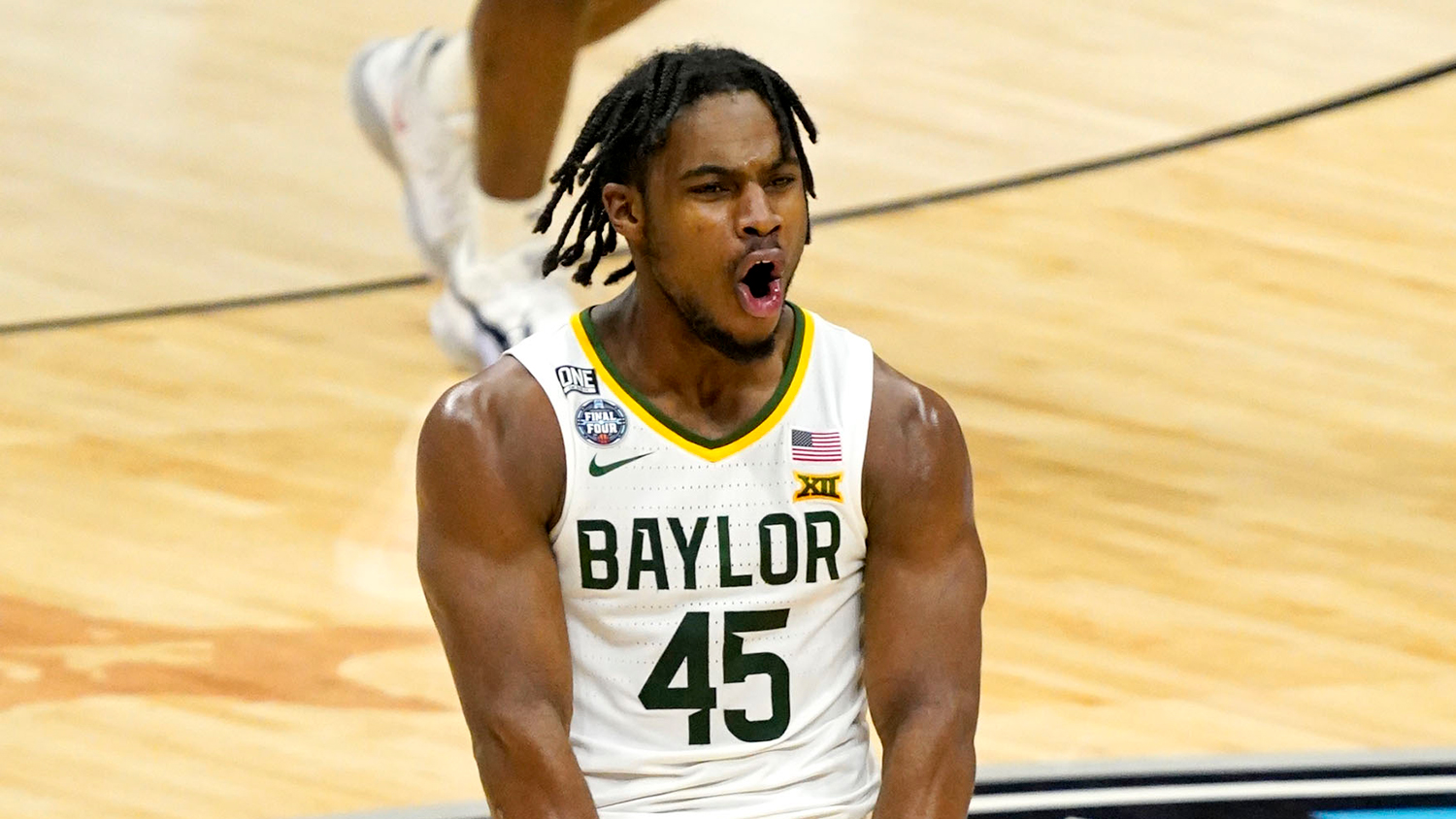
Golden State may very well package this selection along with the 14th pick (and possibly James Wiseman and Andrew Wiggins) to add an established star alongside Steph Curry, Klay Thompson and Draymond Green. It makes a ton of sense. But if the Warriors keep this pick, Mitchell could help right away as a ball handling guard who can create his own shot and shot 44.7 percent from three-point range last season on his way to a national championship with Baylor.
He’s also a tough, rugged defender despite being only 6 feet tall. He’s already 22 years old, so there’s some risk that his ceiling might be lower than many of the younger prospects in the top 10, but Golden State doesn’t need a project with this pick.
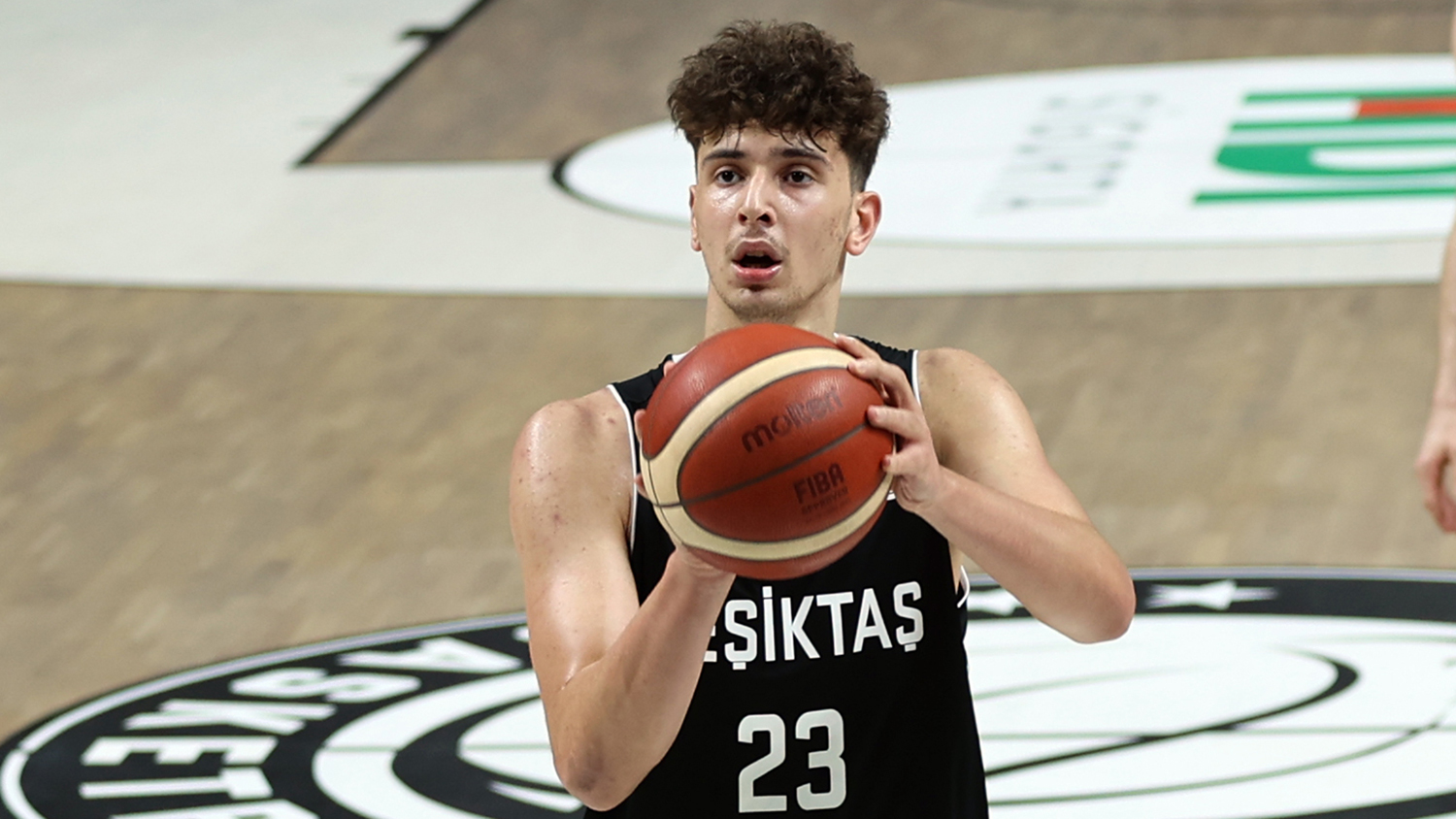
You may remember Besiktas as the Turkish team that briefly employed Allen Iverson in 2010. Now they’ve developed one of the best young big men in the world. The 6-foot-10 Sengun (pronounced Shen-GOON) won MVP honors in the Turkish Super League as an 18-year-old, averaging 19 points and 8.7 rebounds and shooting 62 percent from the field. He looks like a young Kevin Love but is potentially a more explosive athlete, with an array of spin moves in the post and flashes to the rim for alley-oop dunks. He gives the Magic a more offensively minded center option to pair with Mo Bamba.

The Kings are set at guard with the backcourt of De’Aaron Fox and Tyrese Haliburton (Buddy Hield could be a trade chip), but they need more players who just know how to play basketball. Wagner will fit in well as an athletic wing who can pass, score and defend. He’s a 6-foot-9 Swiss Army knife who moves well without the ball, finds cutters and could develop into one of the better passing forwards in the NBA. He reminds me of a more athletic Joe Ingles and that type of player could be a perfect fit with Sacramento’s backcourt.
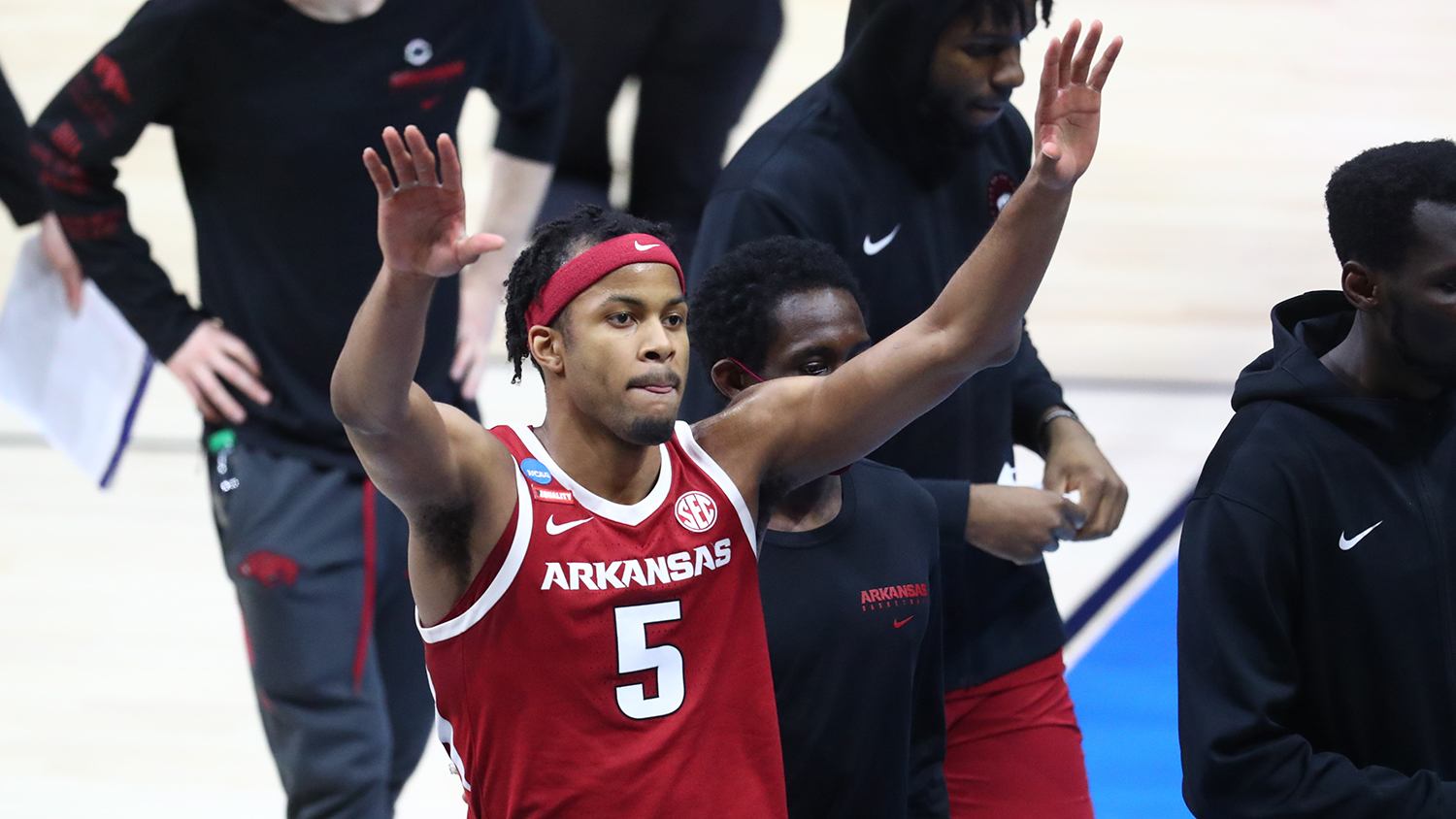
You can’t have enough shooting around Zion Williamson and Moody fits the bill as a two-way wing who shot 35.8 percent from three on 5.1 attempts per game as a freshman at Arkansas. Moody measured 6-foot-4.5 with a wingspan over 7 feet at the NBA draft combine, and that length may allow him to defend taller players on the wing. If Moody’s shot keeps progressing, he’s a perfect secondary scoring option and spot-up shooter to pair with Williamson and Brandon Ingram.
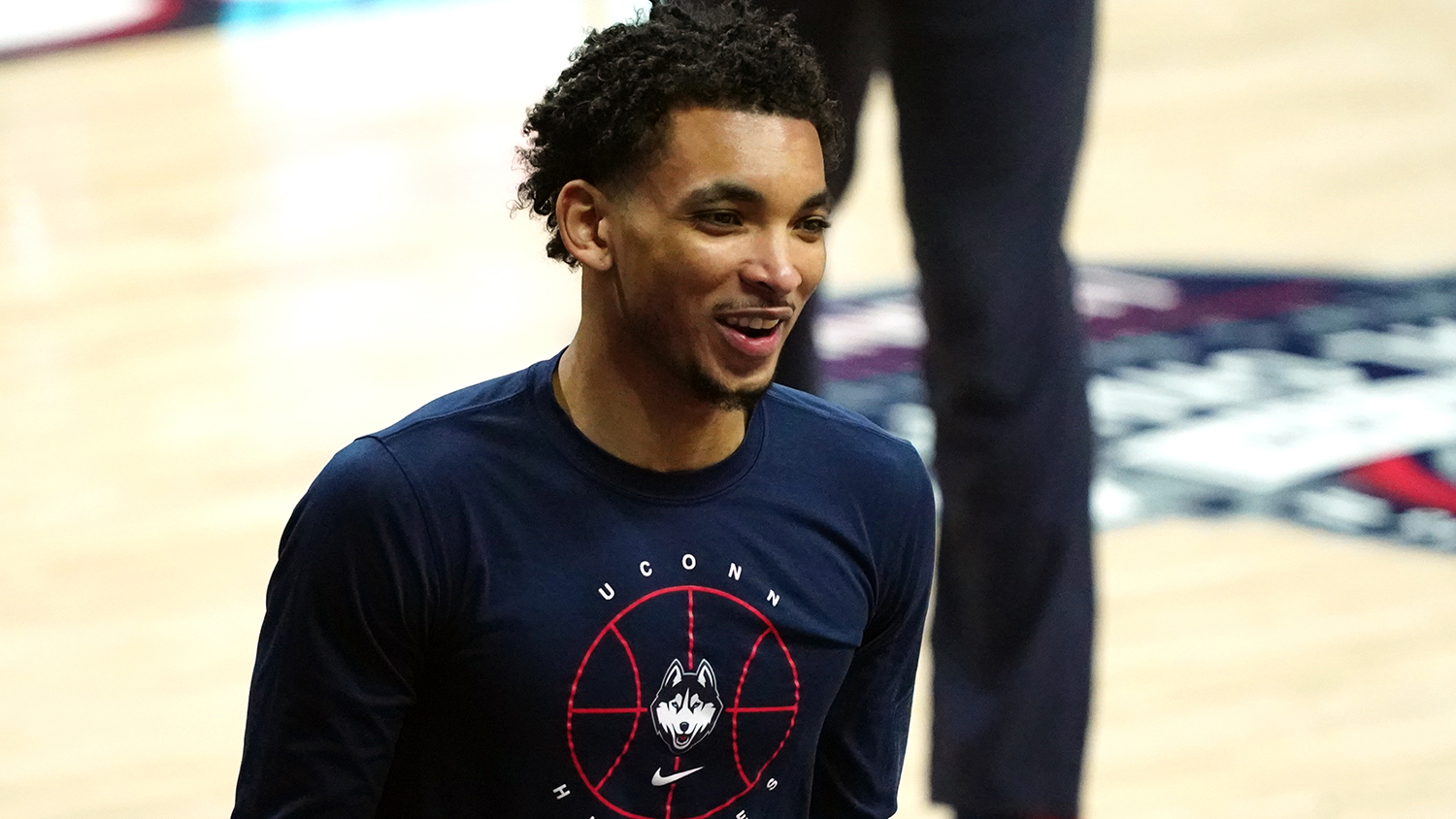
Bouknight is a 6-foot-3 shooting guard who could initially give Charlotte instant offense off the bench and would be a seamless fit next to LaMelo Ball. Bouknight combines first-step quickness with the ability to stop on a dime for pull-up jumpers once he creates space or get to the basket. The three-point shot is a major concern. Bouknight shot just 29.3 percent from three-point range as a sophomore at UConn; otherwise, he might have gone five or six spots higher in this draft.
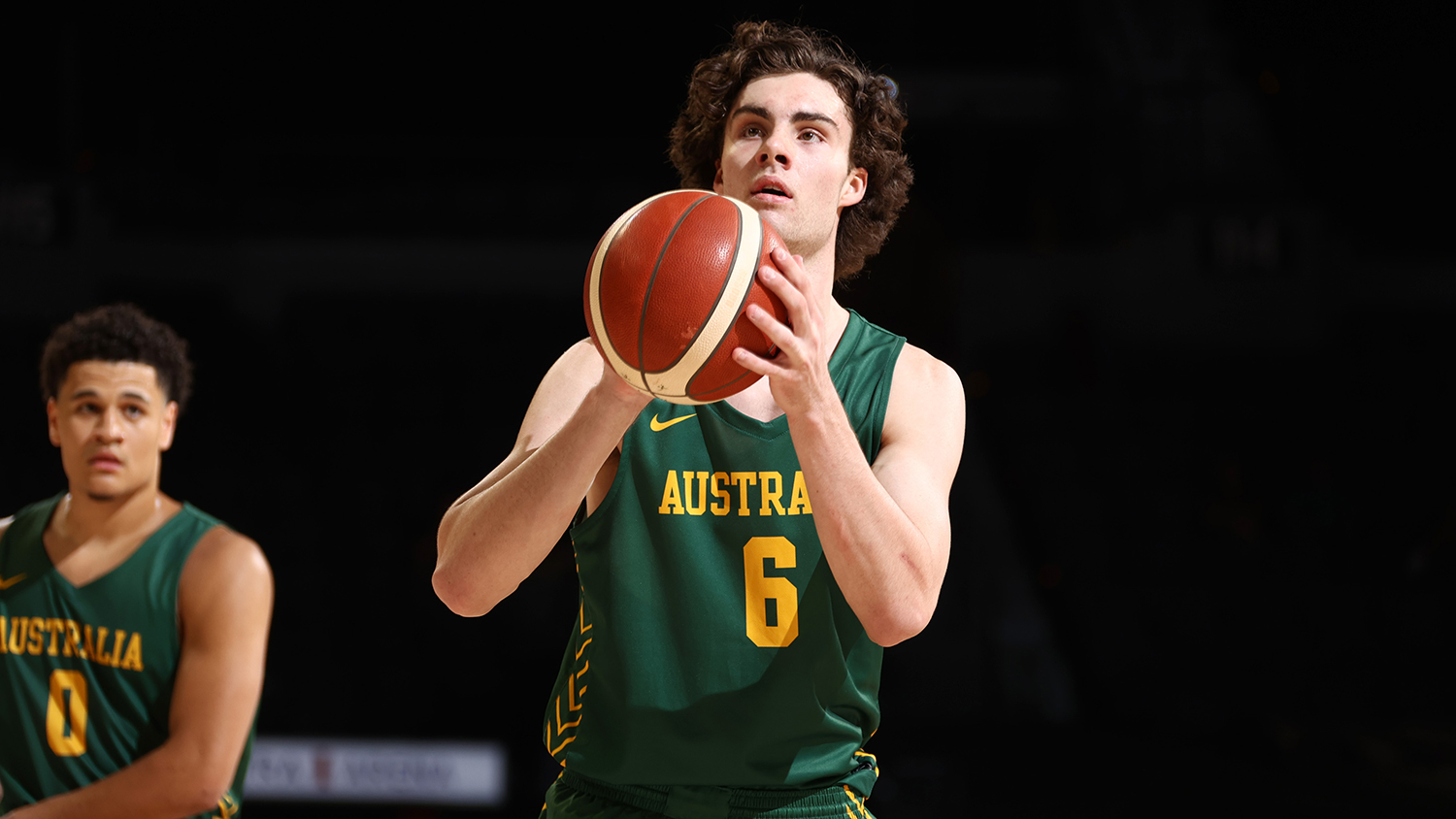
Giddey has thrived as a 6-foot-8 point guard as an 18-year-old playing against men in Australia’s NBL and might be the best passer in the draft. He makes genuinely jaw-dropping passes off the dribble and has an understanding for half-court offense that you rarely see from a player his age. His jump shot is a work in progress, but he recently made 2 of 5 three-pointers in Australia’s win over Nigeria in an Olympic qualifier and he’s not afraid to shoot it from the perimeter.
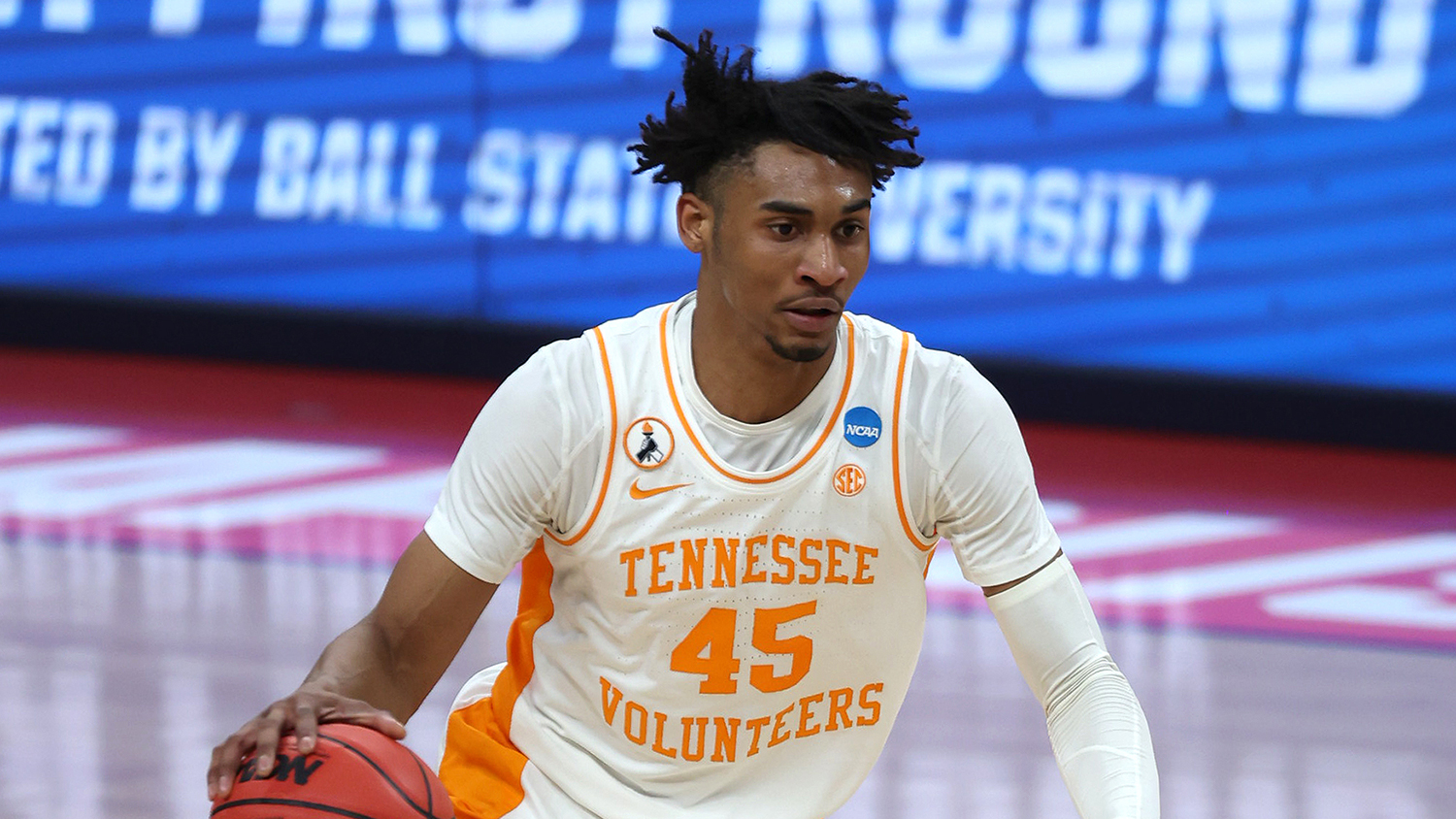
Watching Johnson’s highlights reminded me a ton of the NBA version of Markelle Fultz, an athletic specimen with a special knack for getting to the basket who is limited by a questionable jump shot. At 6-foot-3.5, Johnson is a better pure athlete than Fultz, destroying the NBA draft combine record with a 48-inch vertical leap.
That athleticism shows up in games on both ends of the floor and he has the chance to be an NBA rotation player with his burst and leaping ability alone. If the jump shot comes around, Johnson could be the Donovan Mitchell-like steal of this draft. It’s a worthy gamble for the Pacers.

I can’t see the Warriors adding two rookies but if they do make this pick, Duarte makes sense as a 6-foot-6 wing who really knows how to play half-court basketball. He’s an outstanding cutter and makes savvy reads when he sees he has the angle on his defender. His efficiency was off the charts last season at Oregon as he shot 63.1 percent on two-point shots and 42.4 percent from beyond the arc. He’s got a variety of offensive weapons, from floaters to step-backs to pull-ups in the mid-range. He also made the All-Pac 12 Defensive team last season, so there’s the potential to be a two-way player right away. That better be the case, because Duarte turned 24 years old last month.
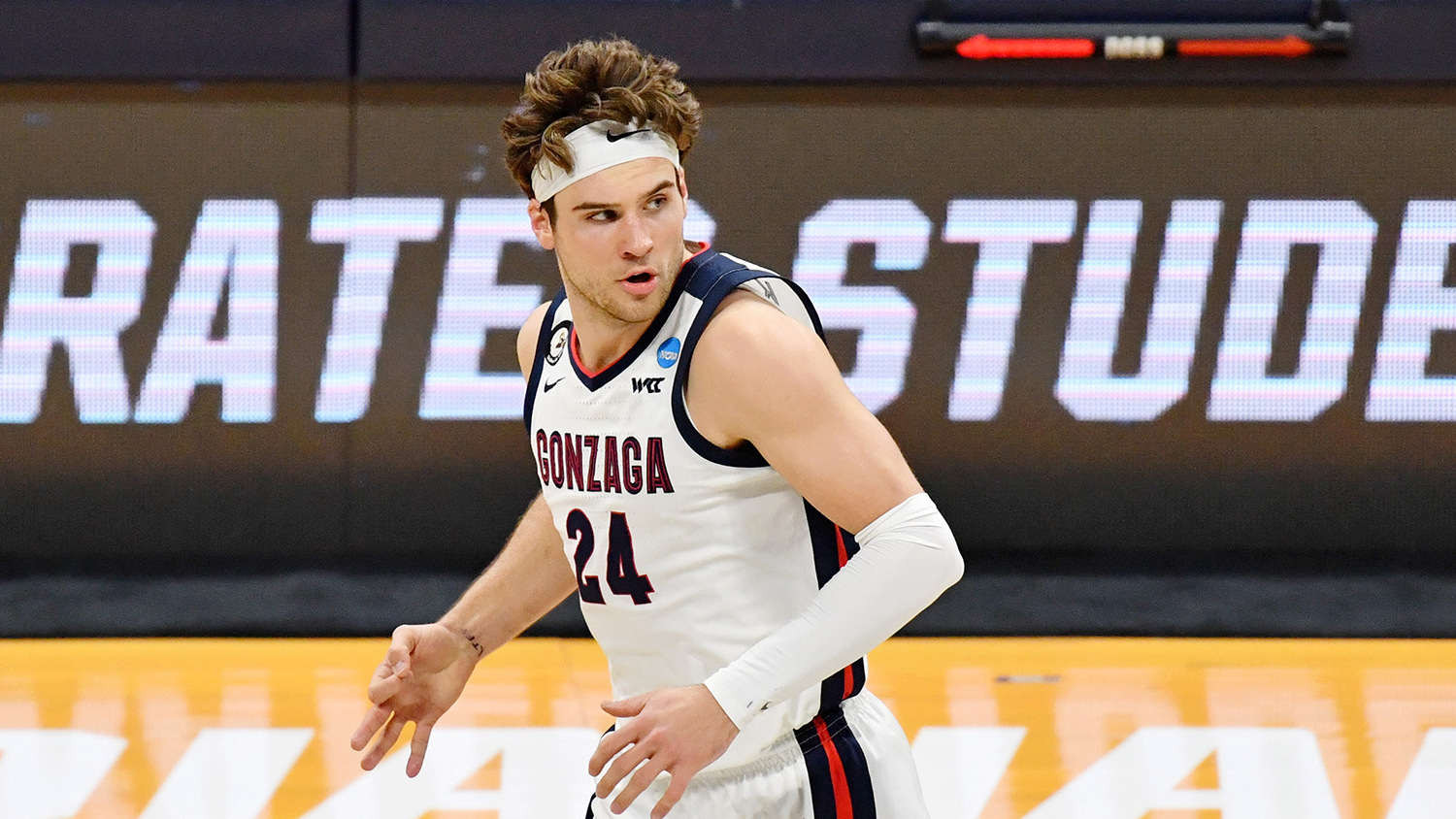
The 6-foot-6 Kispert was a consensus All-American on a loaded Gonzaga team last season and is one of the best shooters in this draft, with 53/44/88 shooting splits as a senior. The Joe Harris comps make a lot of sense in that Kispert’s likely NBA role is to come off screens and let it fly, and to provide spacing for the true shot creators on the roster. The major question is if he can hold up defensively against NBA athletes.

A powerfully built, 6-foot-8 forward, Garuba’s NBA future could be as a small-ball center who can guard anyone on the floor. He makes plays defensively switching onto smaller players that would make Draymond Green proud. The way he moves his feet and can contest shots is special.
Offensively, he shows promise with an explosive first step and decent handle, but he’s not much of a shooter yet. Garuba played significant minutes in the Spanish ACB and the EuroLeague at ages 18 and 19. I tend to bet on those guys being able to find their way in the NBA. He could also be a draft-and-stash for an Oklahoma City team loaded with young guys who need minutes to develop.
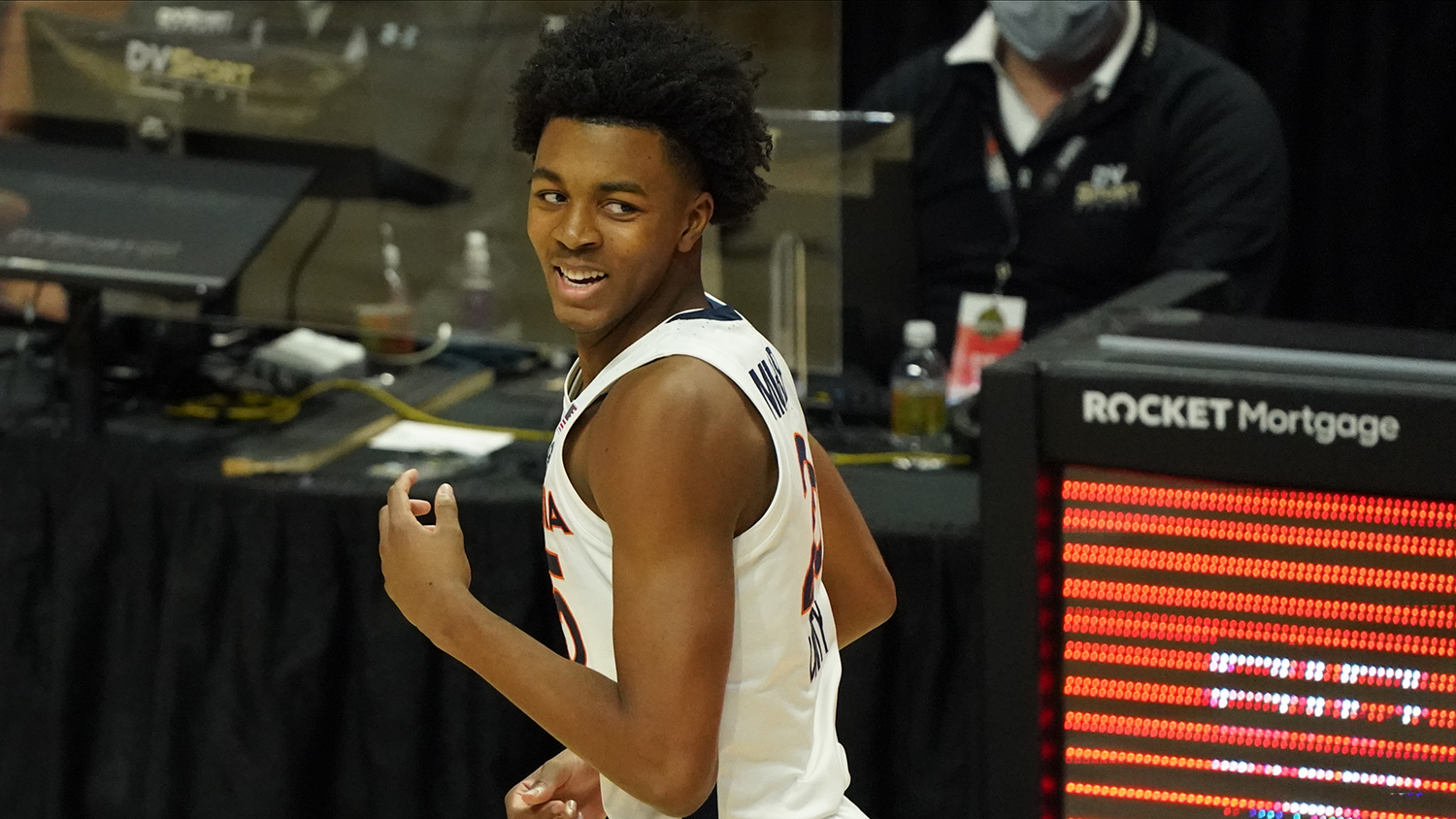
The Grizzlies badly need wings who can shoot. Murphy certainly qualifies. Between two seasons at Rice and one at Virginia, the 6-foot-7 Murphy was a 40.1 percent shooter from three-point range in his college career. He’s a bouncy athlete who moves his feet well on defense, giving Memphis a nice 3-and-D wing around their core of Ja Morant and Jaren Jackson Jr.
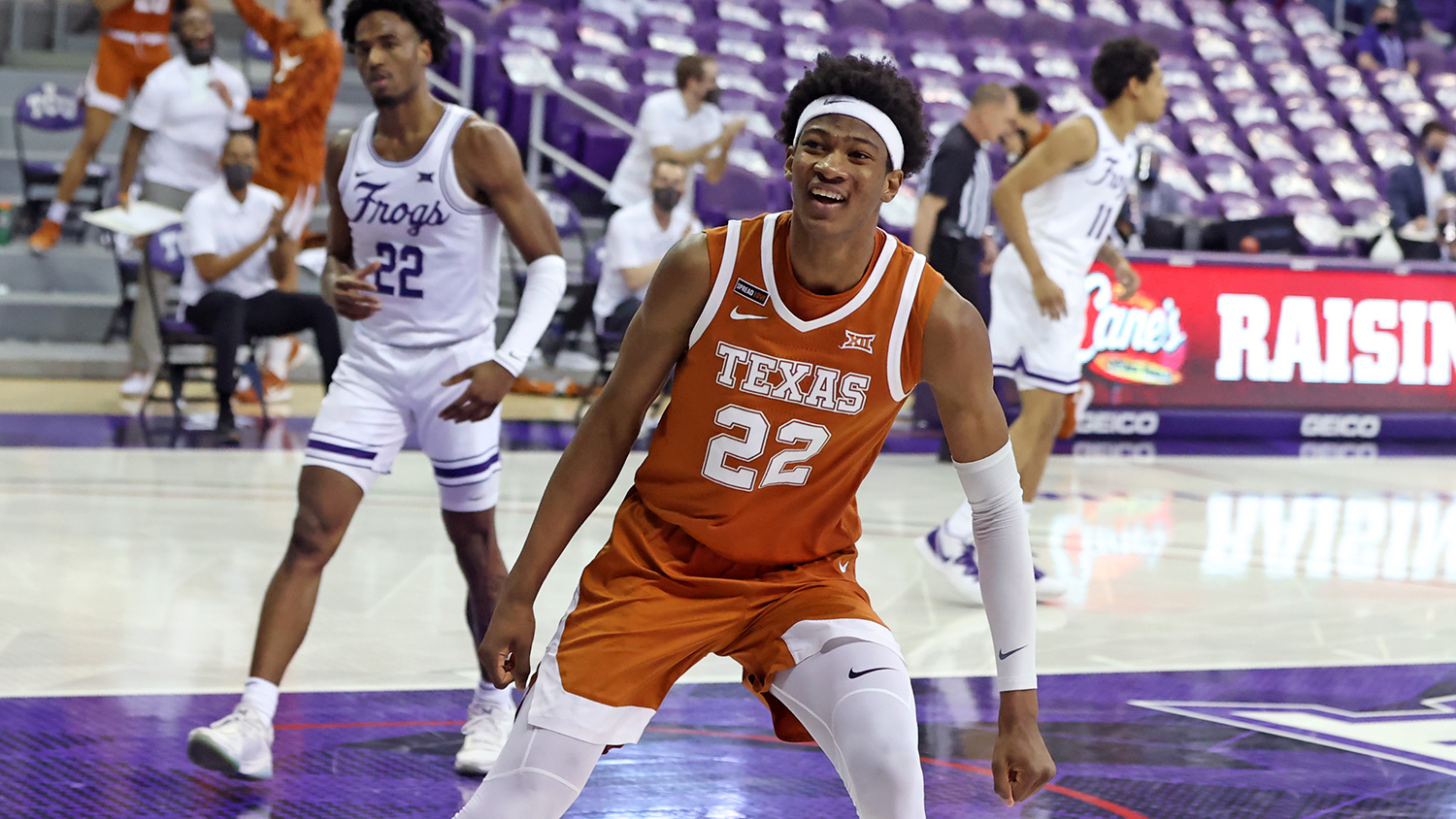
Jones is an athletic, 6-foot-10 center who moves well and shot 38.2 percent from three-point range on 1.3 attempts per game as a sophomore. It’s a tantalizing skill set that could allow him to be an extremely valuable stretch five if everything goes right. I wouldn’t be surprised to see him go five to 10 spots higher in this draft. The downside is that he’s still raw as a basketball player and could get bullied by stronger defenders in the post and on the glass until he gets stronger.

A true floor general, Cooper is an outstanding passer who plays at his own pace and probes the defense until he spots the opening to make a play. He’s one of the best lob passers you’ll ever see and has offensive instincts and vision you can’t teach. He played just 12 games at Auburn due to a season-ending ankle injury, but his statistics were eye-popping: 20.2 points and 8.1 assists per game, and he had five games of double-digit free throw attempts.
Efficiency was a different story. Cooper shot just 39.1 percent from the field and 22.8 percent from three-point range, though his 82.5 percent free throw shooting is a sign that the shot could come around. He’s small at 6-foot-1 and might have trouble holding up defensively. If his shooting and defense prove adequate, his other talents could make him a star in New York.
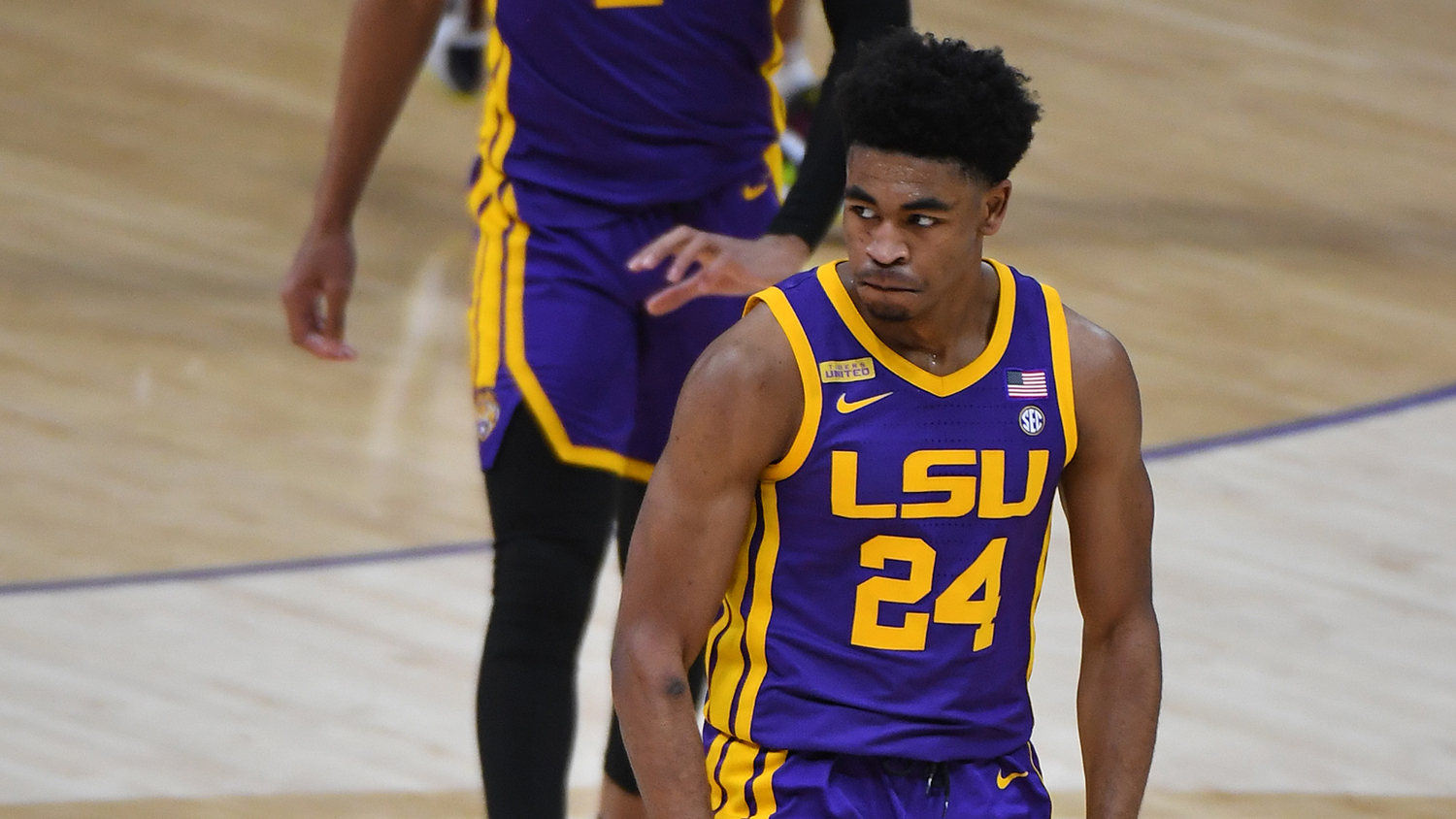
Thomas was one of the top scorers in college basketball last season, leading the SEC with 23 points per game as a freshman. He’s one of the best isolation scorers in the draft, with a knack for getting by his man and getting to the free throw line, where he shot 88.2 percent. If Lou Williams doesn’t return to Atlanta, Thomas could bring the Hawks instant offense off the bench right away.
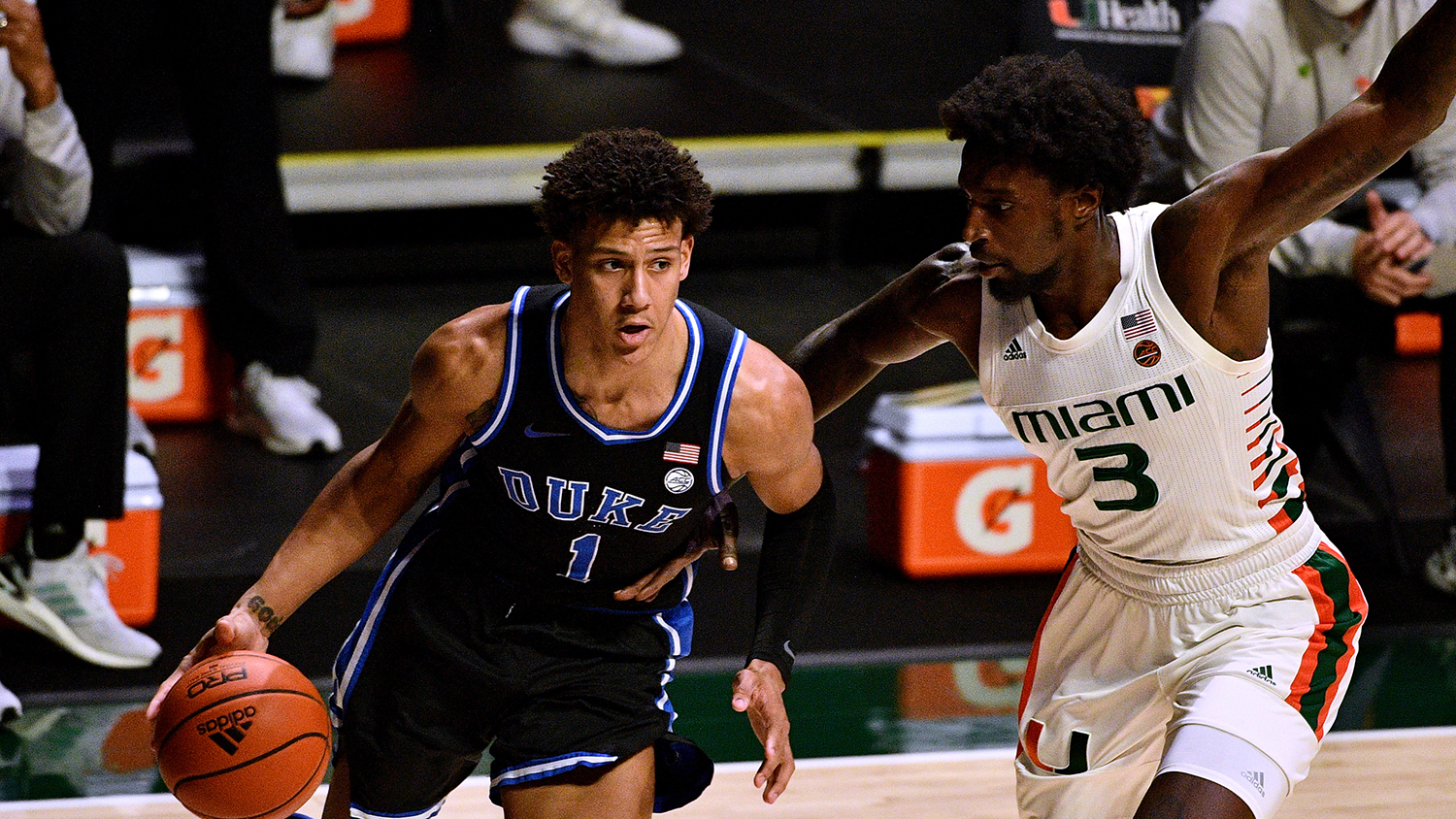
I choose to give Johnson bonus points for quitting on Duke after 13 games (it’s Duke after all), but I’m not an NBA general manager. Even if there are concerns about Johnson’s maturity, this feels about as far as he should fall on draft night. He’s a 6-foot-9 potential point forward whose versatility could allow him to play in all kinds of lineups. His passing ability makes him a nice theoretical fit alongside Julius Randle and RJ Barrett.
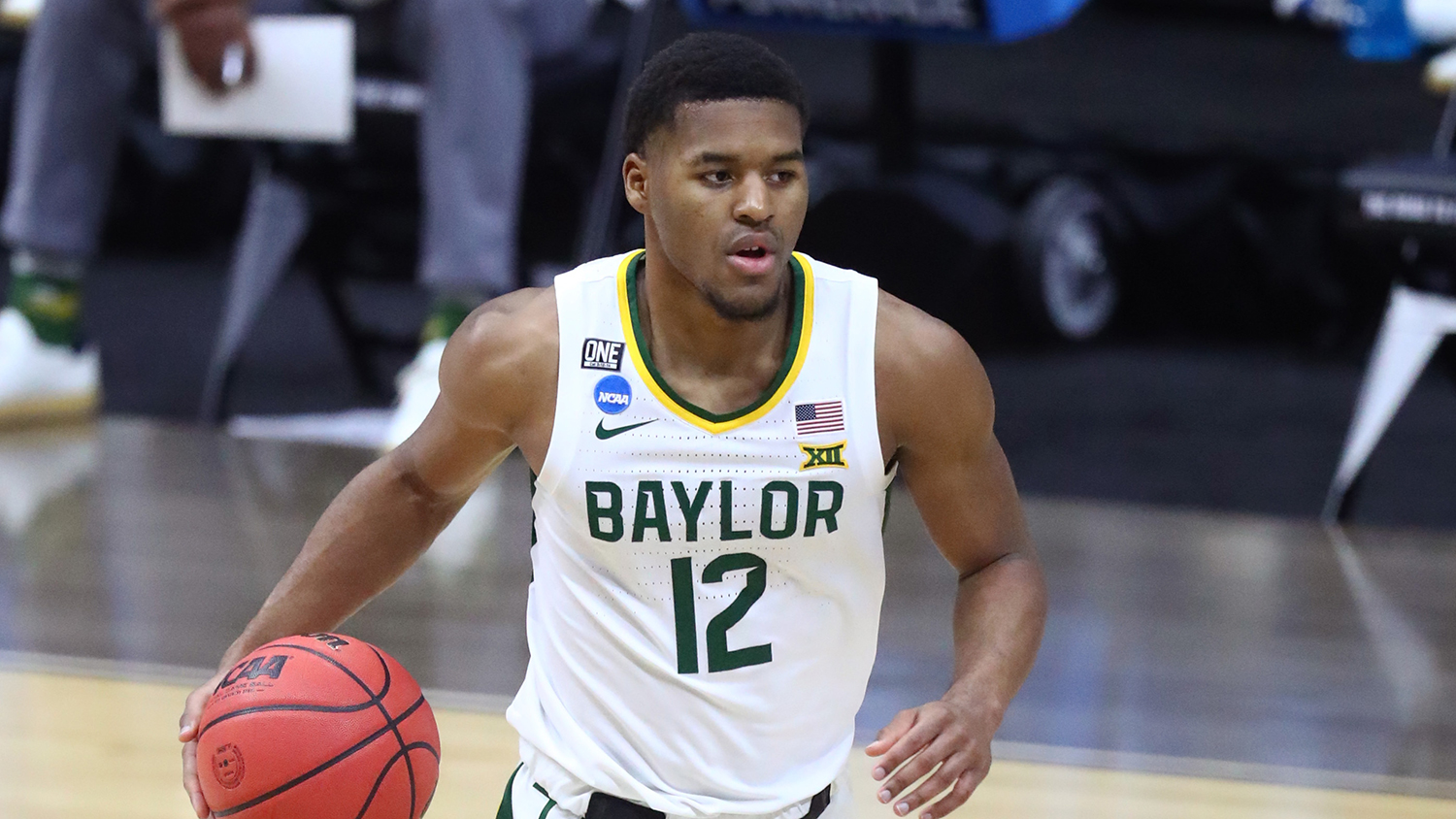
The Lakers need complementary scoring and playmaking around LeBron James and Anthony Davis, something Butler could provide right away. The Most Outstanding Player of the 2021 Final Four, Butler is a heady playmaker who shot 41.6 percent from three-point range last season on over six attempts per game. He’ll be able to play on or off the ball and I see him as a future starting point guard in the NBA. He’s only 6-foot-2 and not an explosive NBA athlete, but he’s a home run for the Lakers with the 22nd pick.
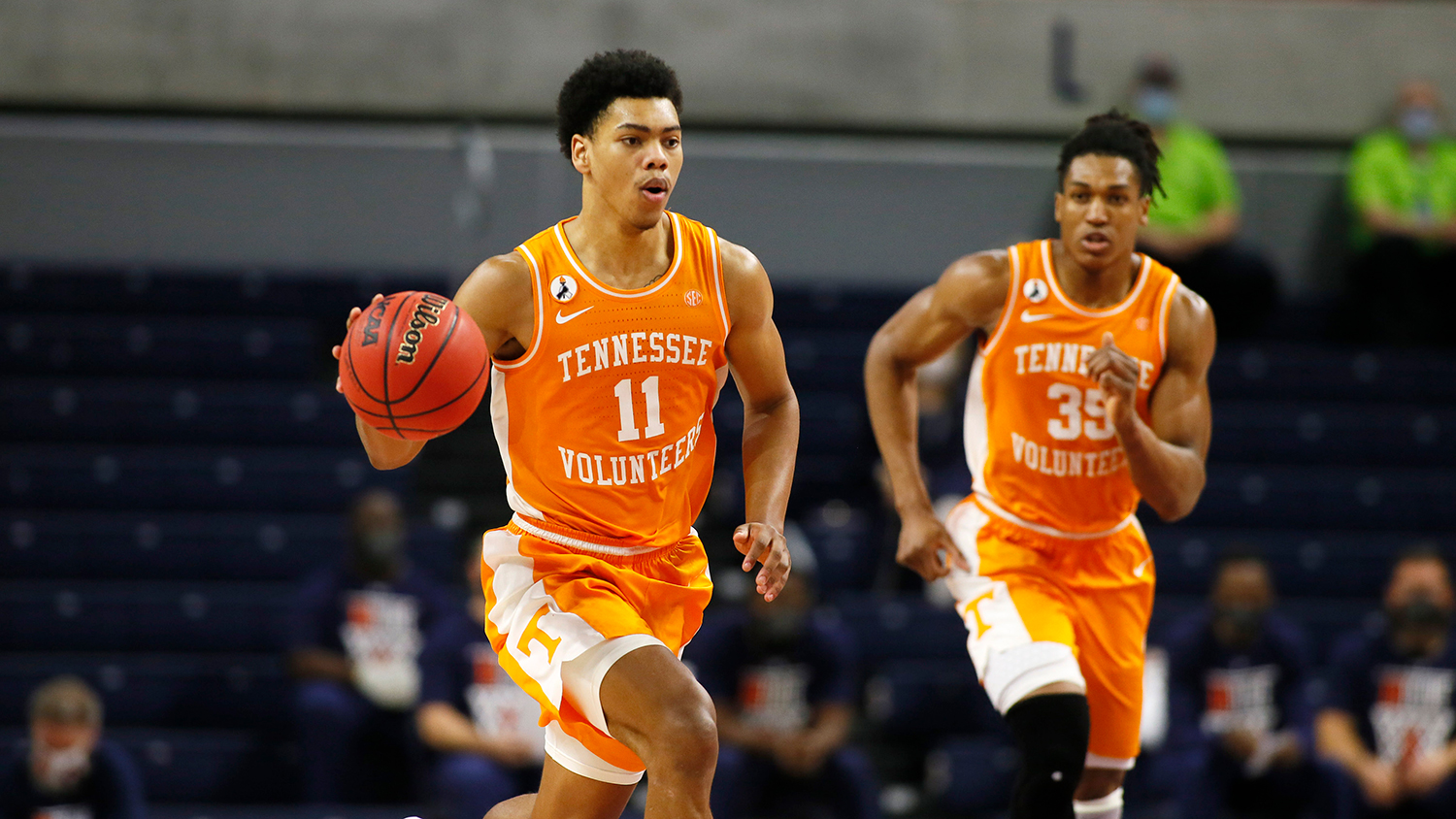
Springer reminds me of a slightly less explosive Tyrese Maxey, a guard who can get to his spots and finds ways to score. He’s not a crazy leaper but still manages to finish in the paint with a nice floater game. He’s an instinctive player on both ends of the floor and a guy who might’ve scored 20-plus points per game had he returned for another year at Tennessee. The Rockets could be getting a nice bargain at this point in the draft.
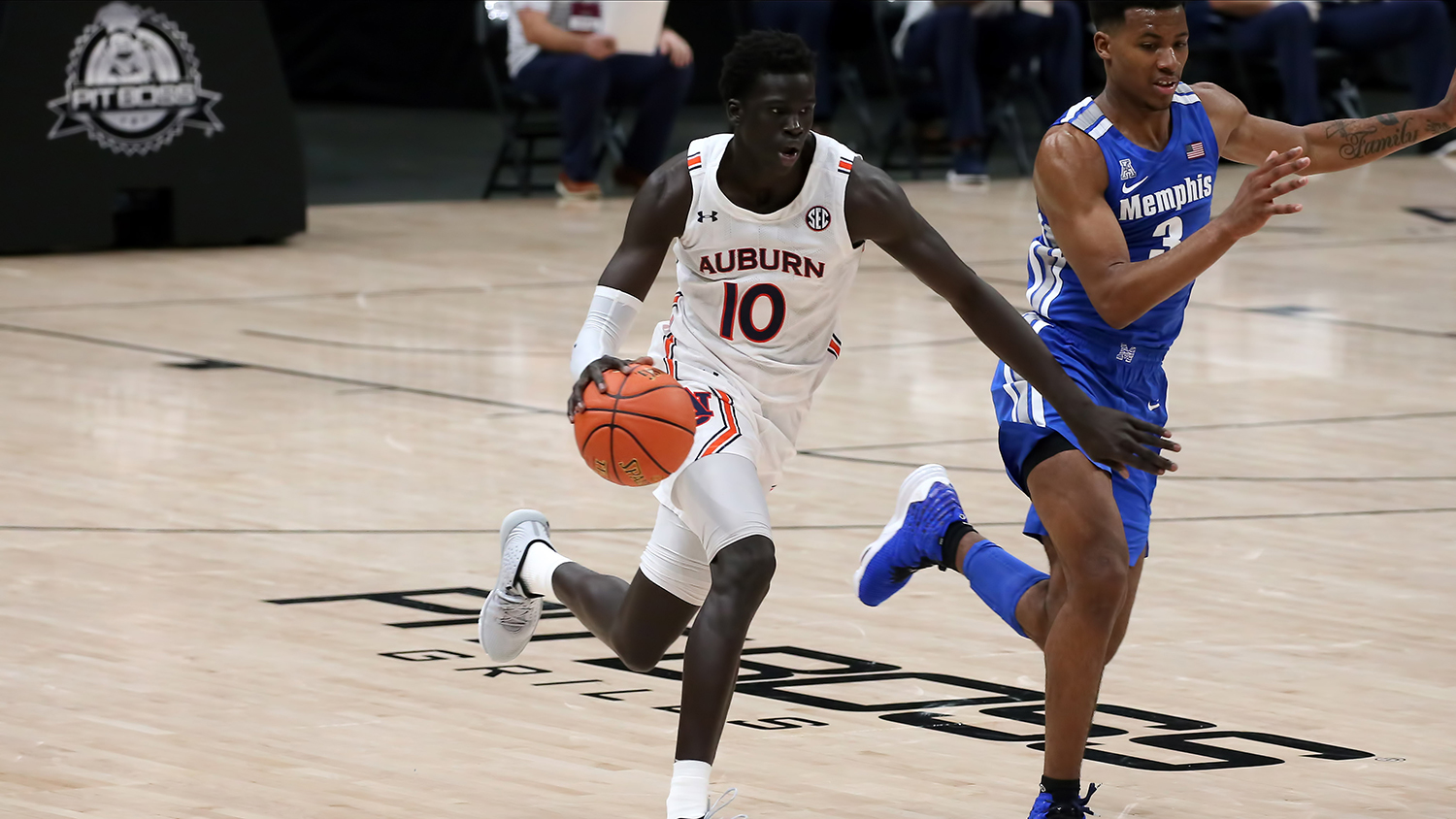
I doubt the Rockets are going to use all their picks, but Thor would make sense as a developmental wing with incredible size. He is rail-thin and super long at 6-foot-8.5 but operates almost exclusively on the perimeter at this point. He’s got a good handle for his height and a smooth lefty shooting stroke, even if he only shot 29.7 percent from three-point range as a freshman at Auburn. The potential is there to be a multi-positional defender who can stretch the floor. The Rockets can let him develop in the G League and see if he can turn that potential into NBA production down the road.
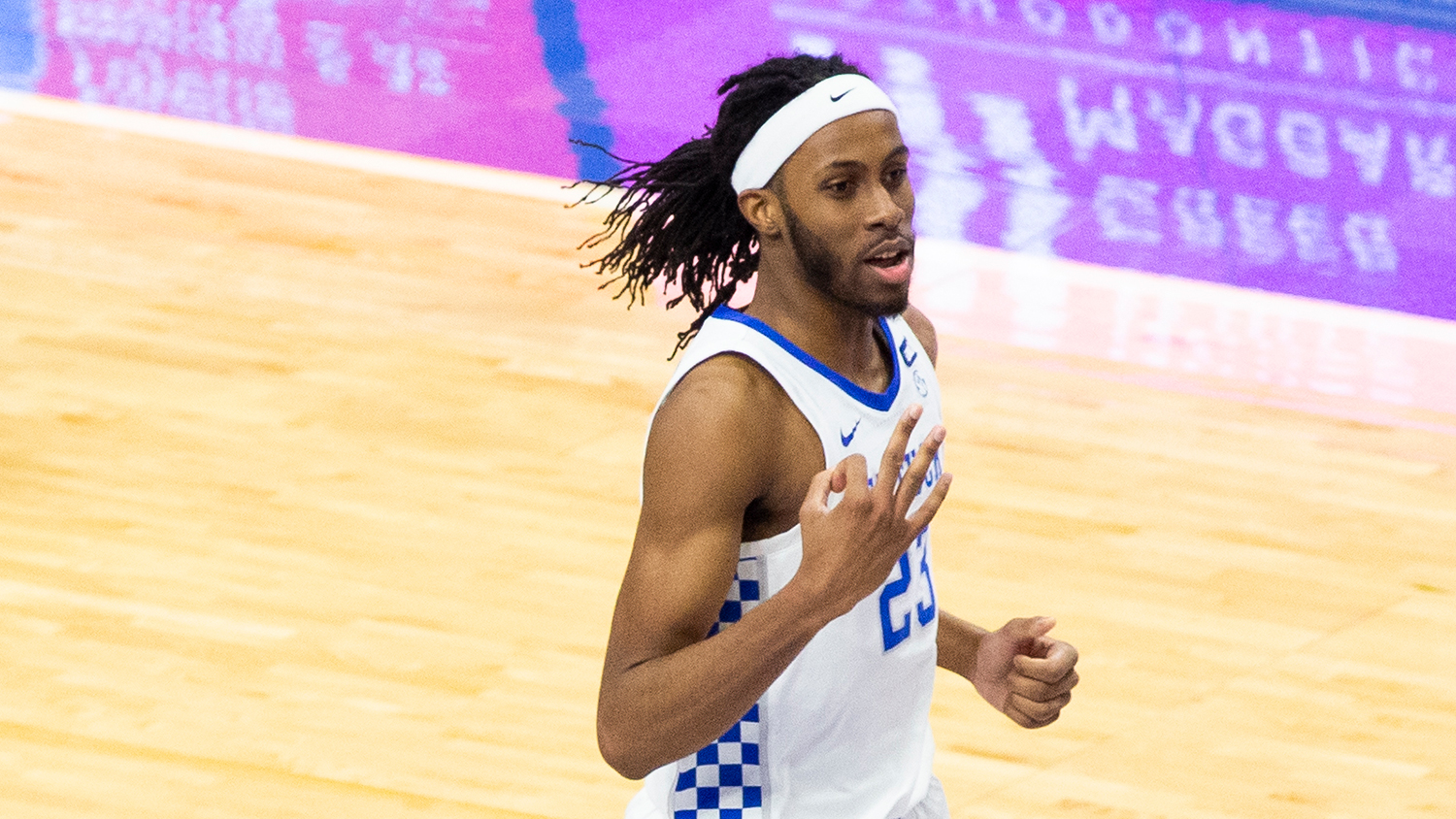
Jackson is an explosive leaper who has the chance to be a rim protector on defense and a pick-and-roll lob threat on offense. His shot-blocking potential is what makes him special. He averaged 2.6 blocks per game as a freshman at Kentucky. The question will be if he’s quick enough laterally to defend on perimeter switches. If he can hold up in those situations, he’s a longtime NBA starter.

When you play with Nikola Jokic, you better be able to shoot the basketball. Mann fits the bill as a 6-foot-3 guard who shot 40.2 percent from three-point range as a sophomore at Florida. He isn’t crazy explosive, but you don’t have to be when you play with Jokic. He’s an instinctive scorer who knows how to get to his spots and can hit open shots. Those guys work well in Denver.
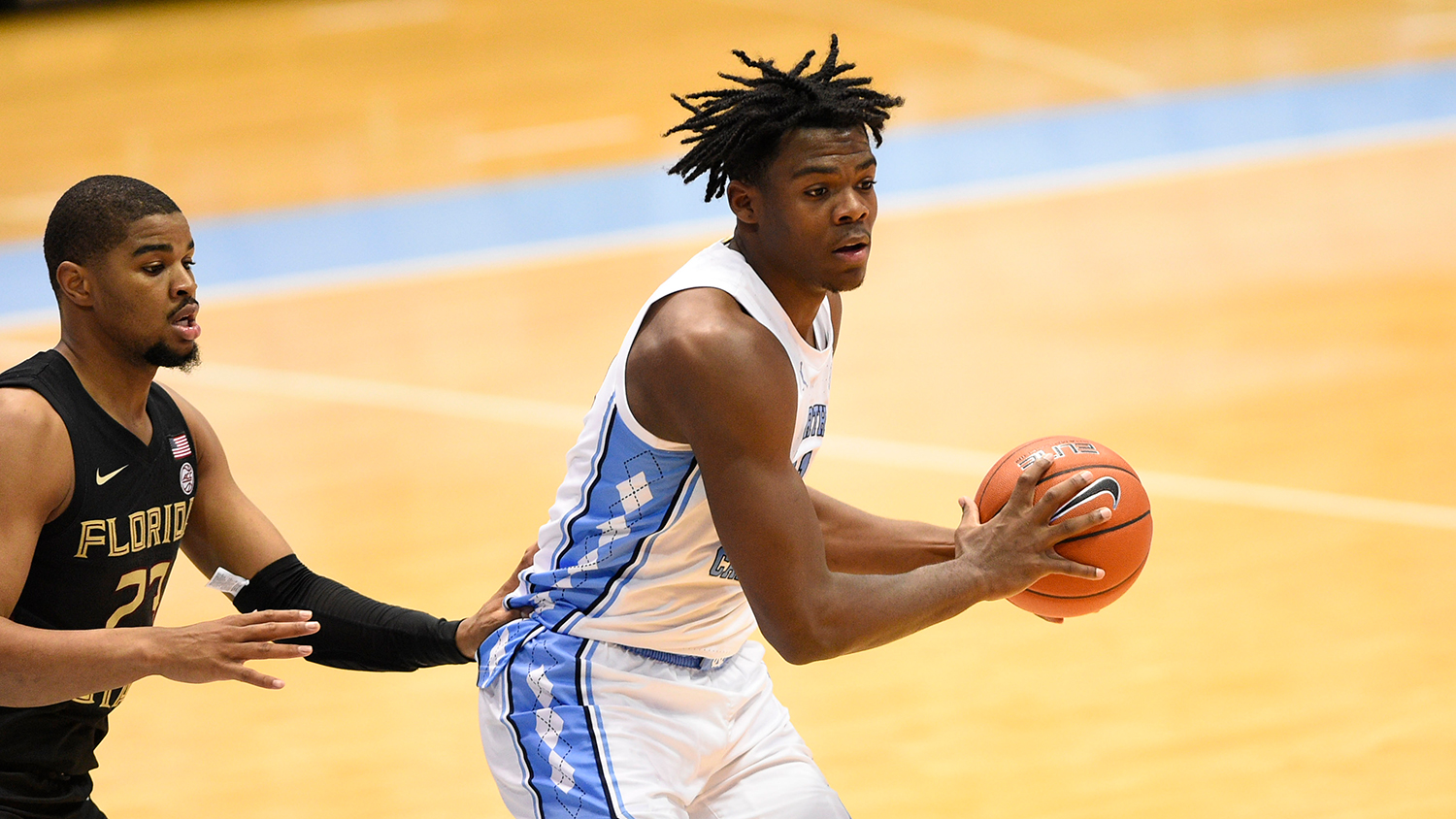
Sharpe is a load at 6-foot-11, 265 pounds and is a voracious offensive rebounder. He also has unique passing abilities for a big man and can find cutters from the high post or the low post. He plays incredibly hard and gets a ton of follow dunks and putbacks by simply outworking his opponents. If he can become a reliable jump shooter, the tools are there to become a rotation player quickly in the NBA.
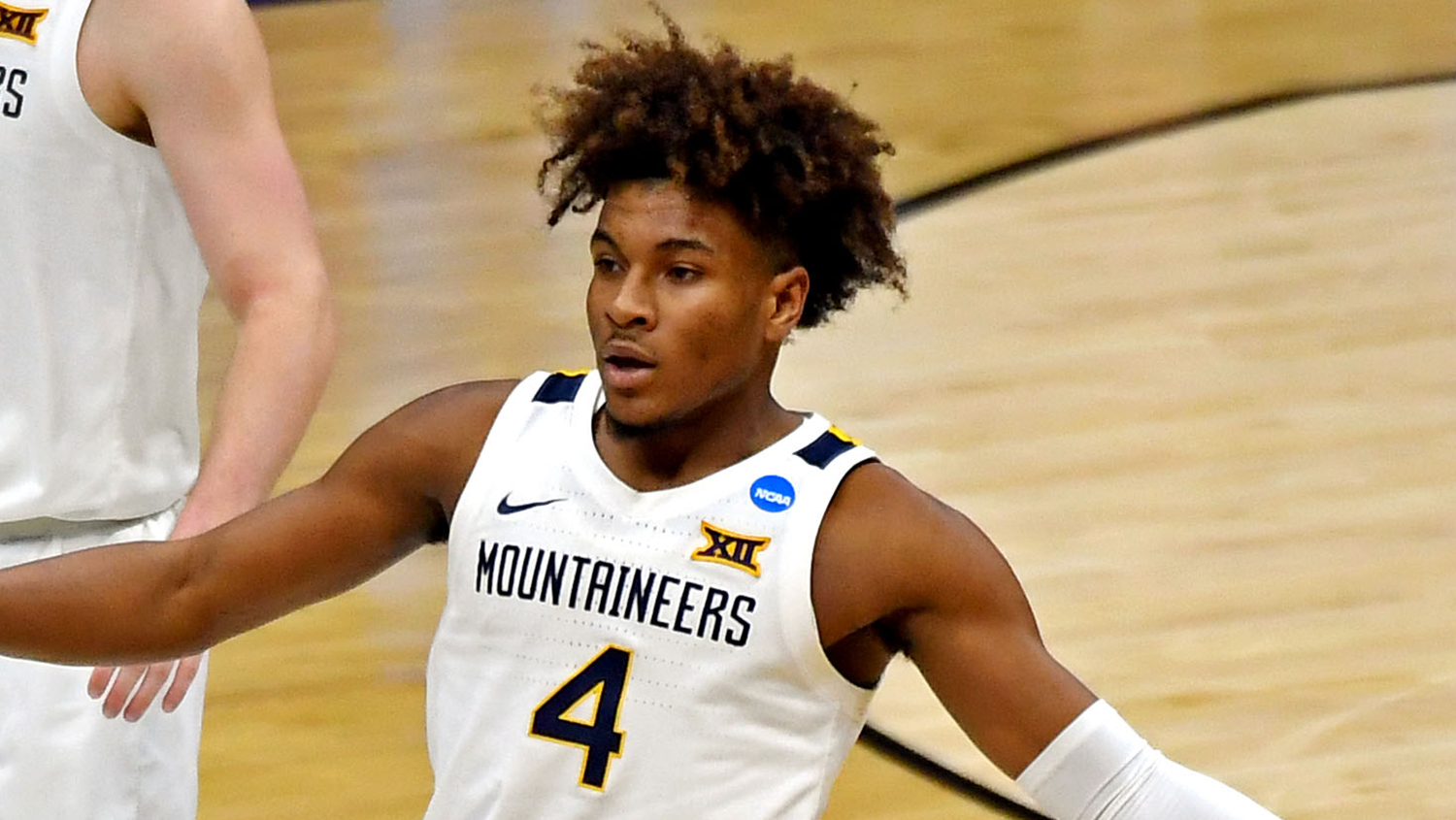
Perhaps the best on-ball defensive guard in the draft, McBride is a bulldog who plays with intensity from the second he steps on the floor and never lets up. He’s also an excellent offensive player who can create his own shot and had a 4.8-to-1.8 assist-to-turnover ratio last season at West Virginia. He’s a capable shooter off the bounce or off the catch, shooting 41.4 percent from three-point range last season. He made a ton of clutch shots late in games and will not be scared to let it fly. McBride is only 6-foot-1, but he’s a strong, rugged athlete.
In a scenario where the Sixers move Simmons, McBride can pick up some of the defensive slack on the perimeter and give the team much-needed shot making.
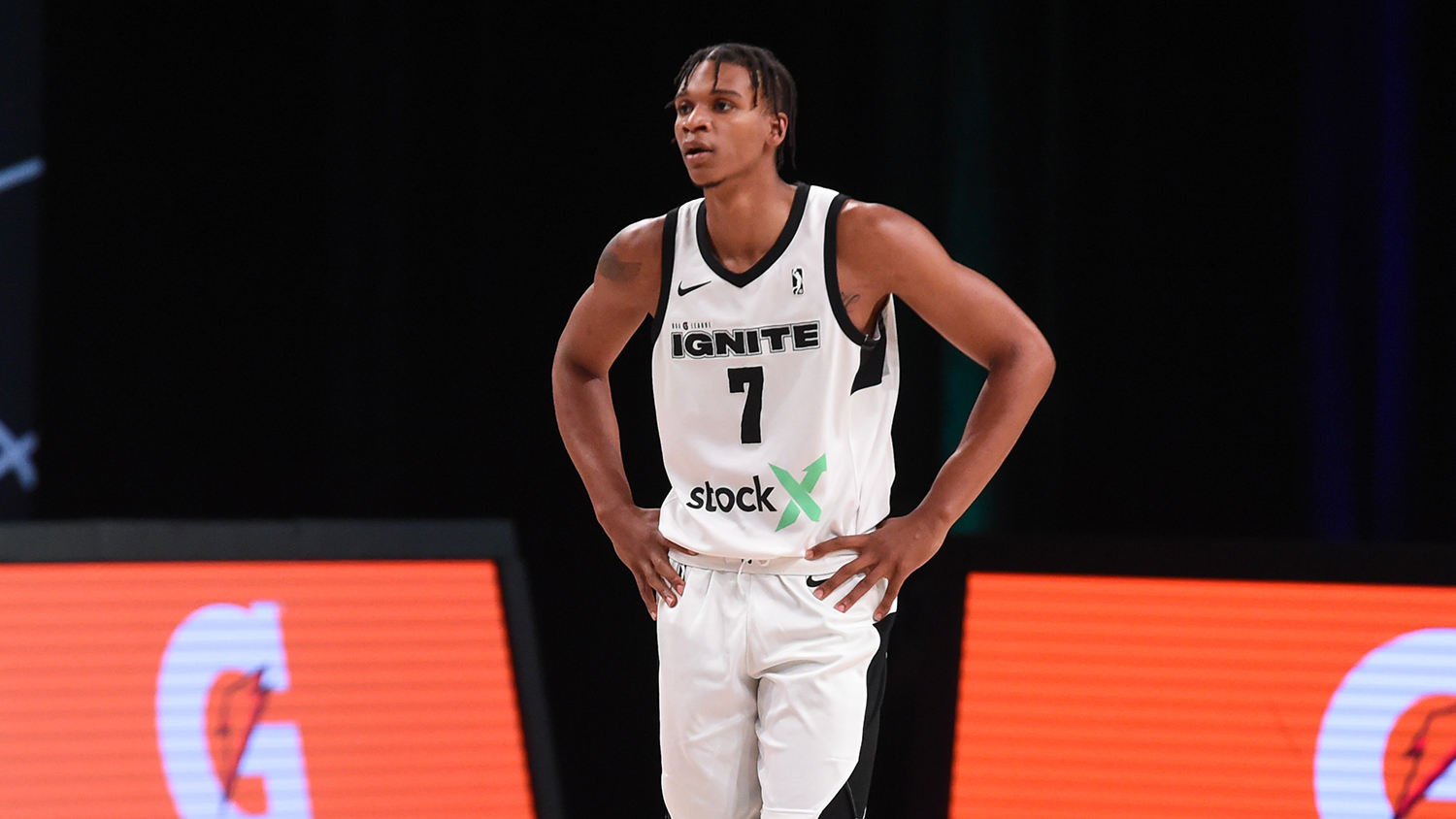
The Suns add an exciting athlete to their stable of young wings alongside Mikal Bridges and Cam Johnson. Todd is just a shade under 6-foot-9 and combines impressive leaping ability with a nice shooting stroke. His go-to move is a baseline turnaround jumper that’s almost unstoppable at his size. He’s more of a scorer than a playmaker at this stage, but the raw tools are there. Phoenix is in a perfect spot to develop Todd, even if it involves more time in the G League.

Utah’s inability to match up with the Clippers’ wings was the main reason the Jazz were knocked out of the playoffs. Robinson-Earl has great size at nearly 6-foot-8 and will help shore up that weakness immediately. He’s not nearly the shooter Saddiq Bey was going into last year’s draft, which is why the Jazz could nab Robinson-Earl with the 30th pick. Like many Villanova players who have outperformed their draft position, Robinson-Earl is a savvy team player who knows how to pass and exploit defenses.

